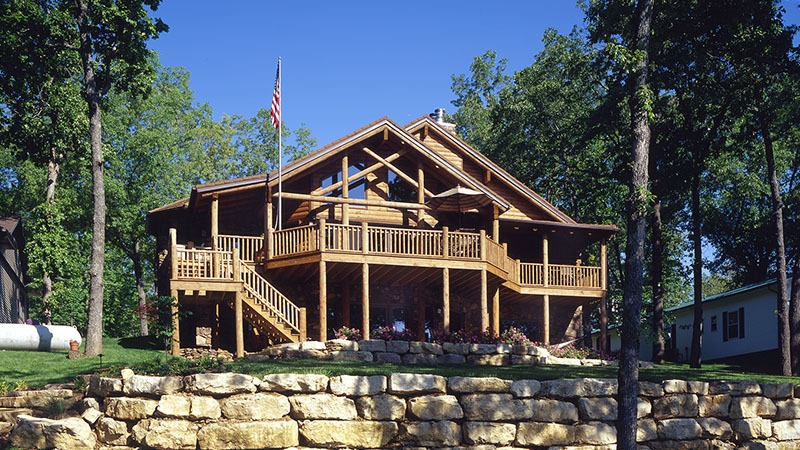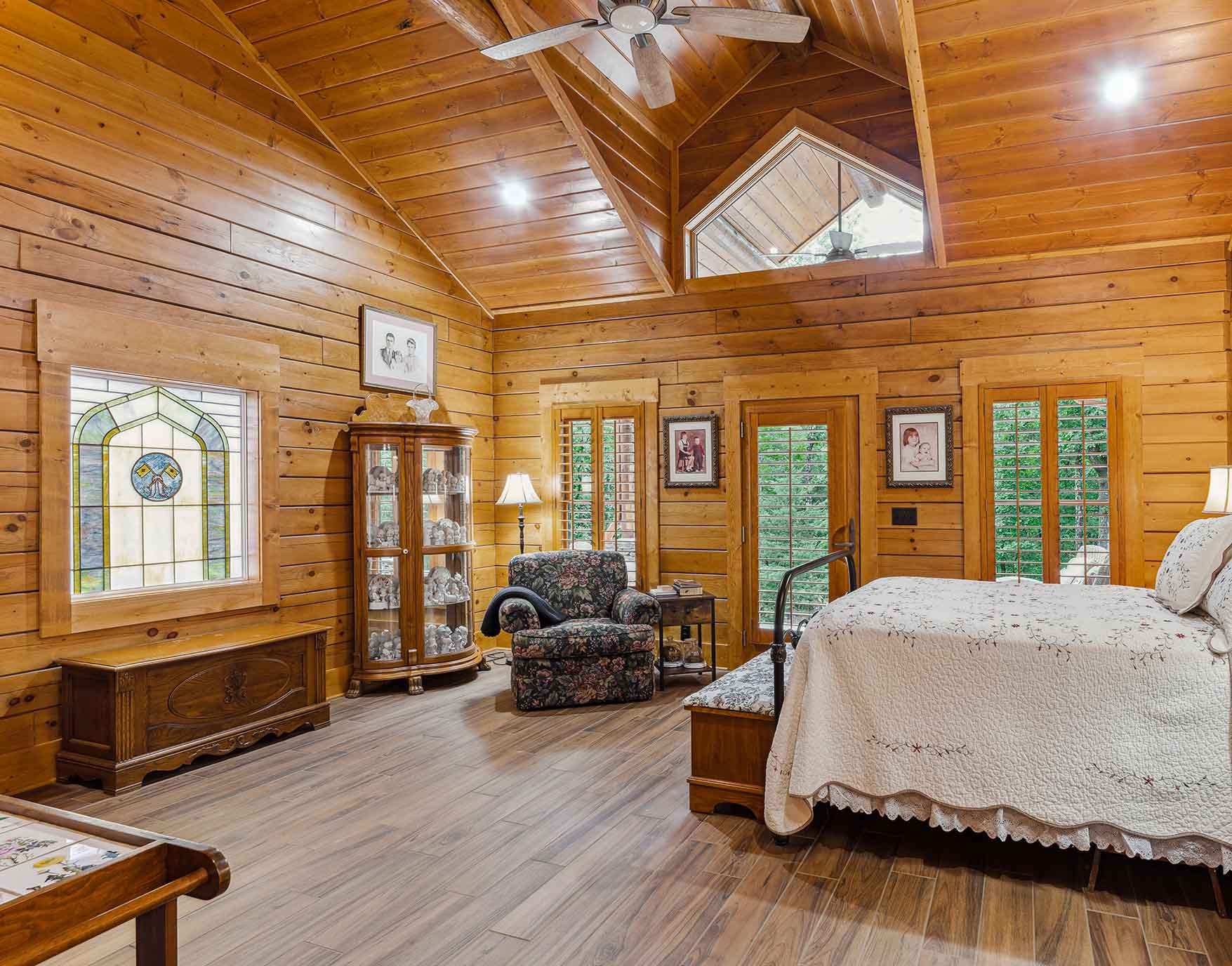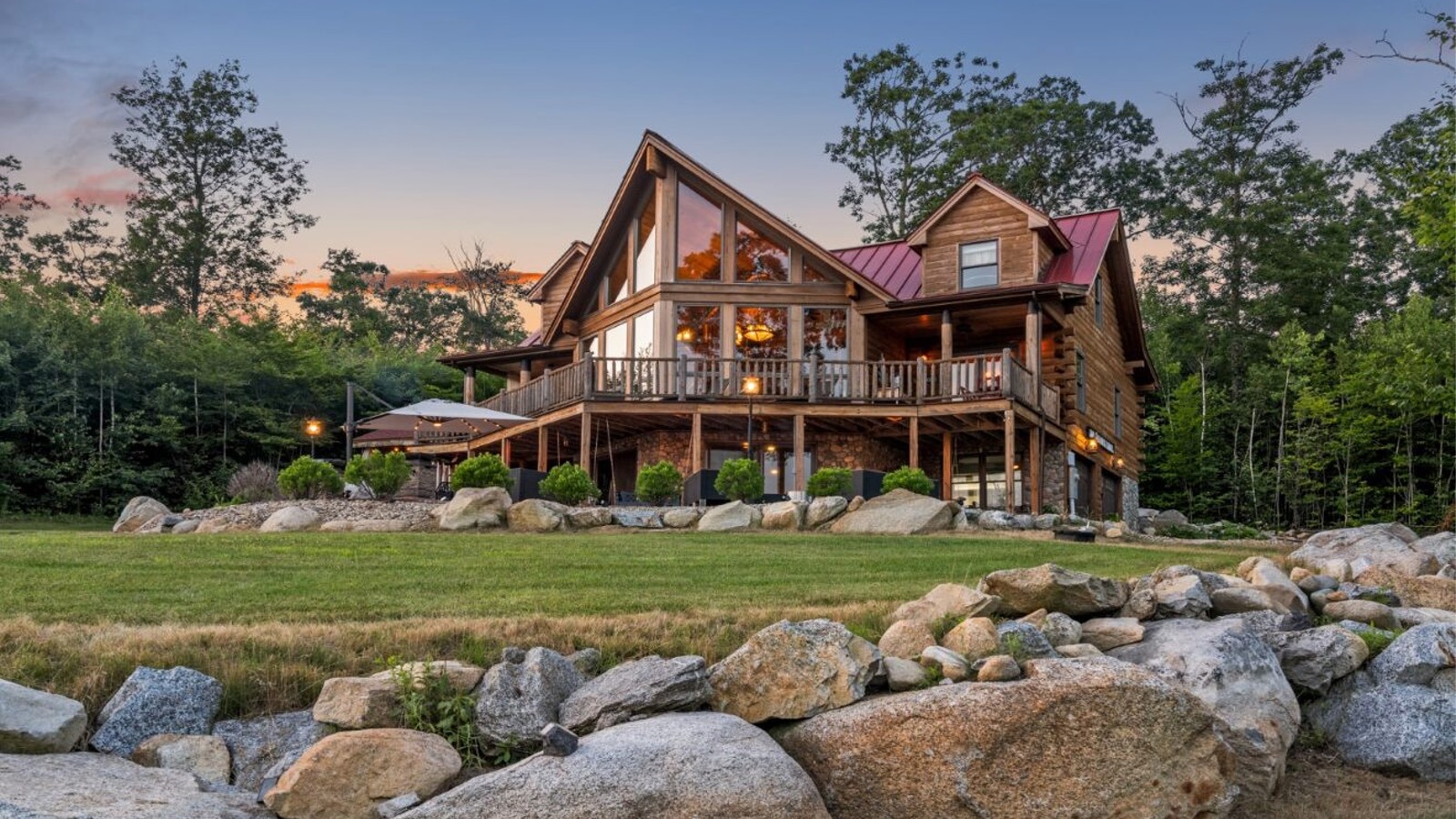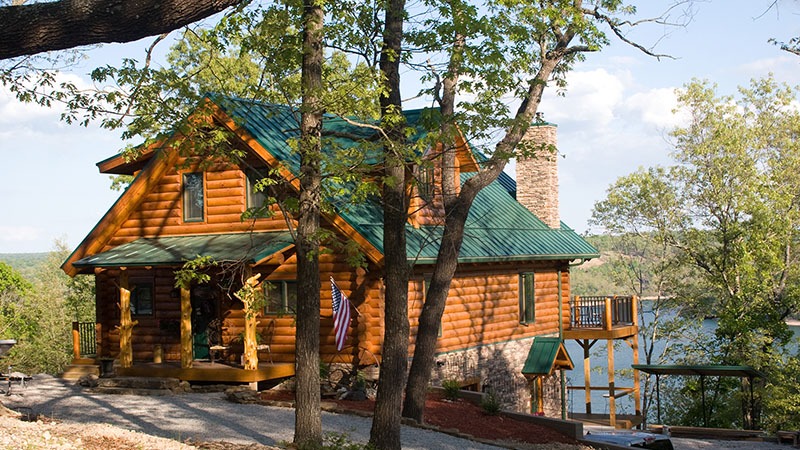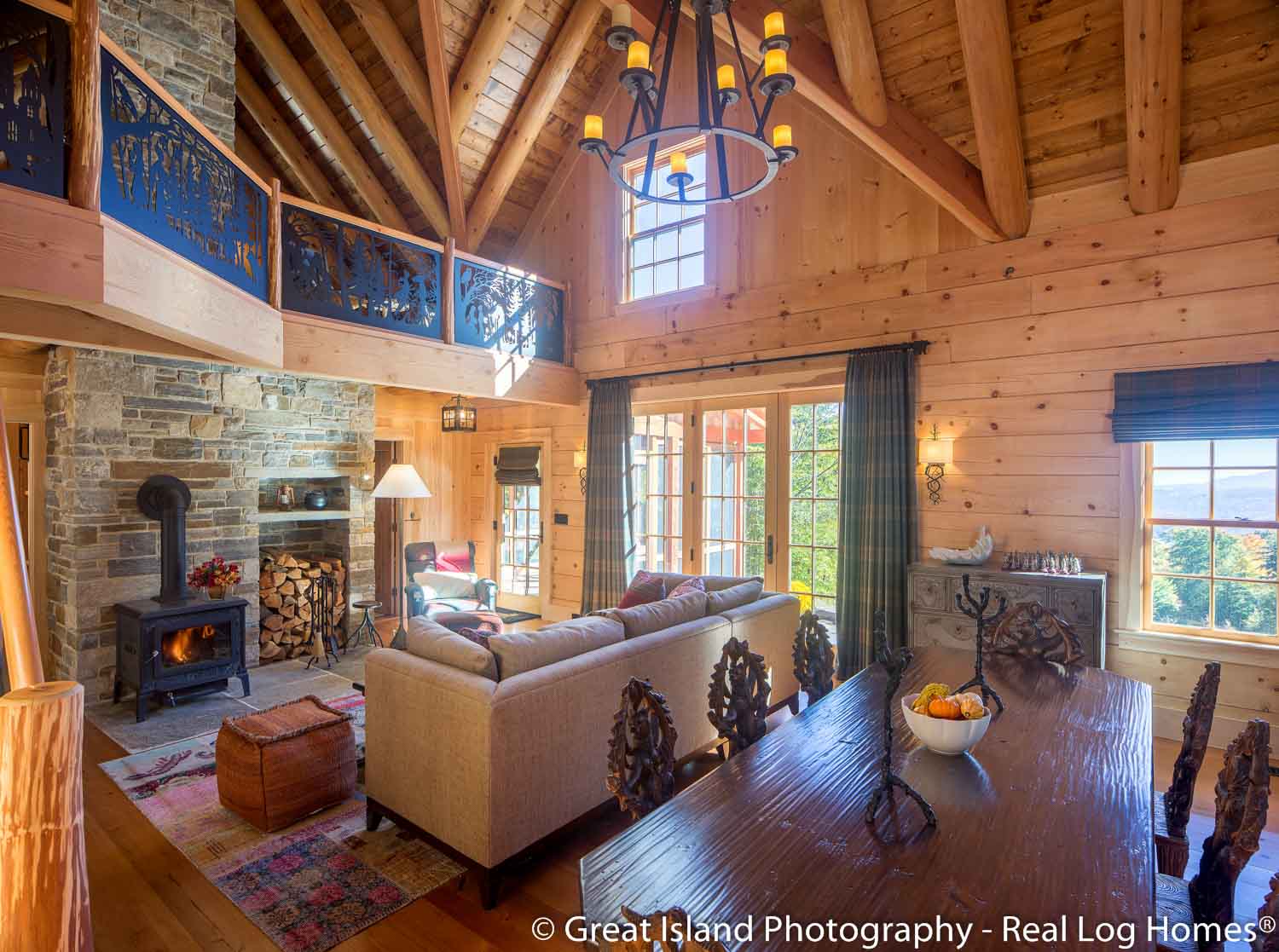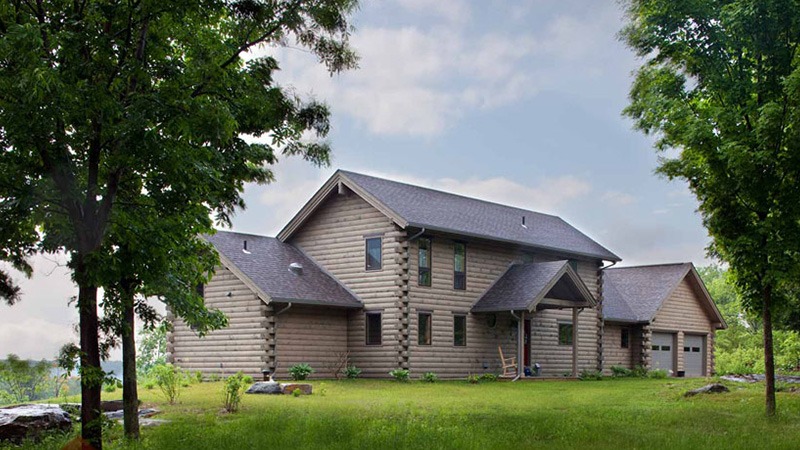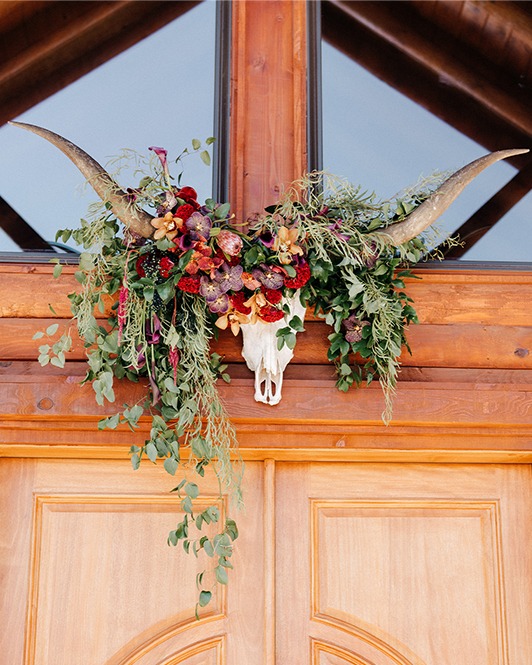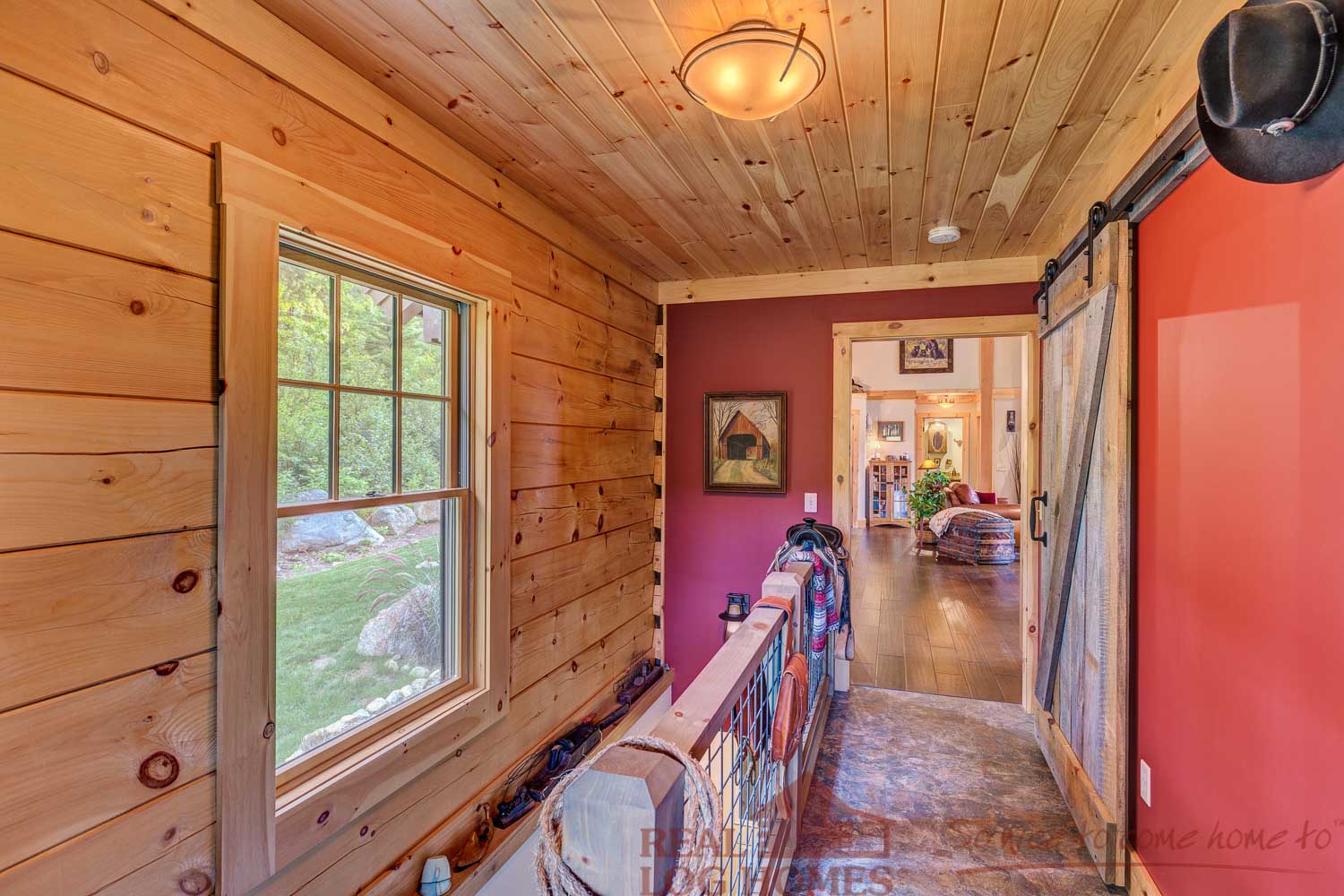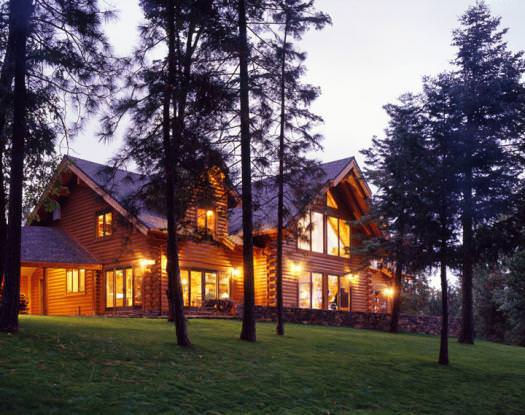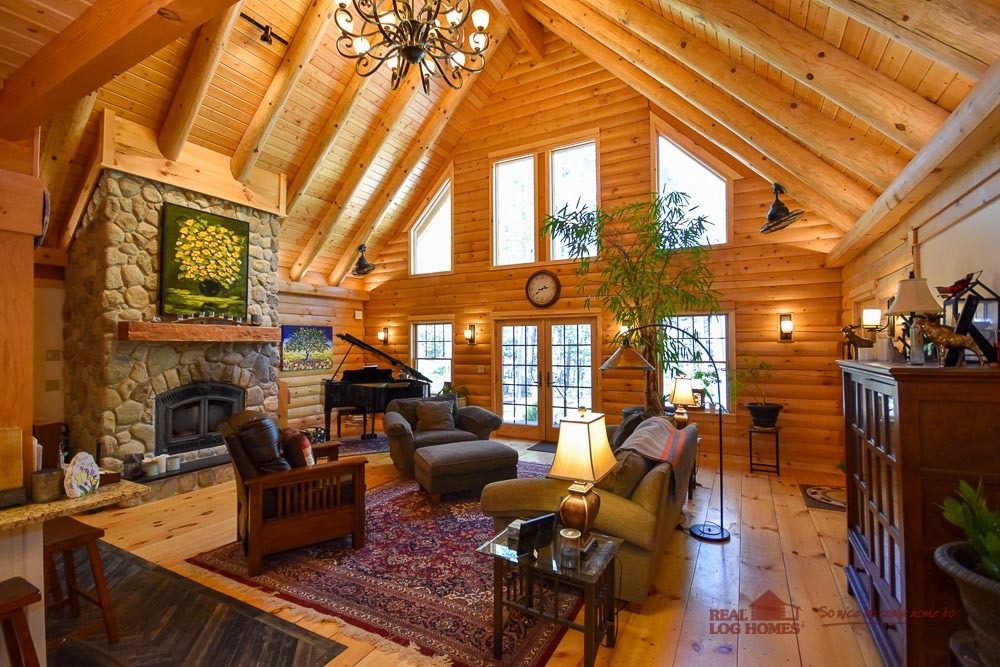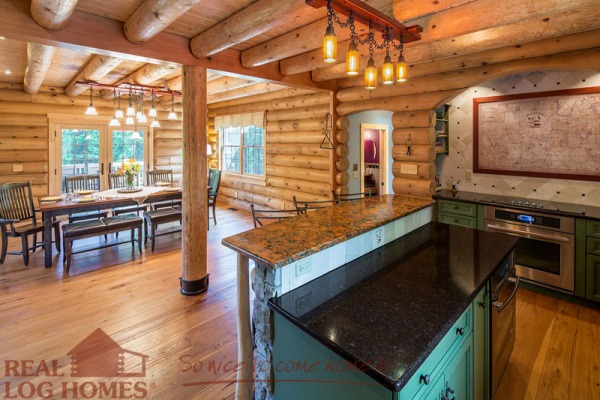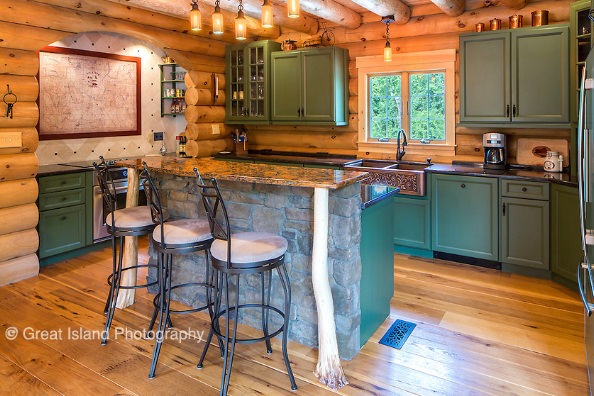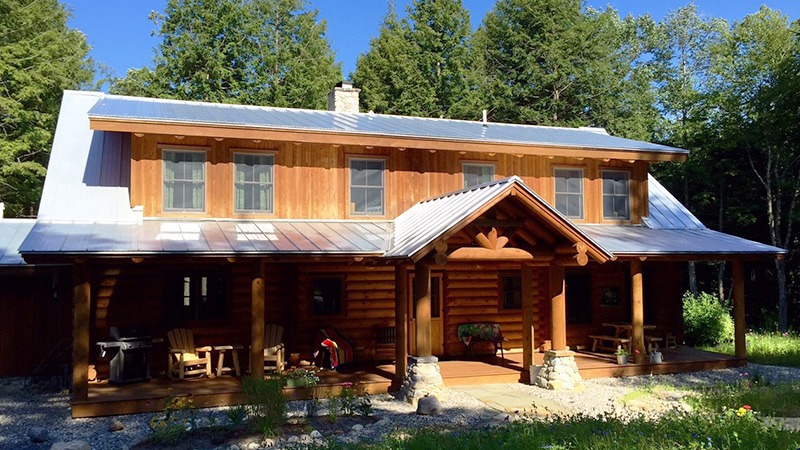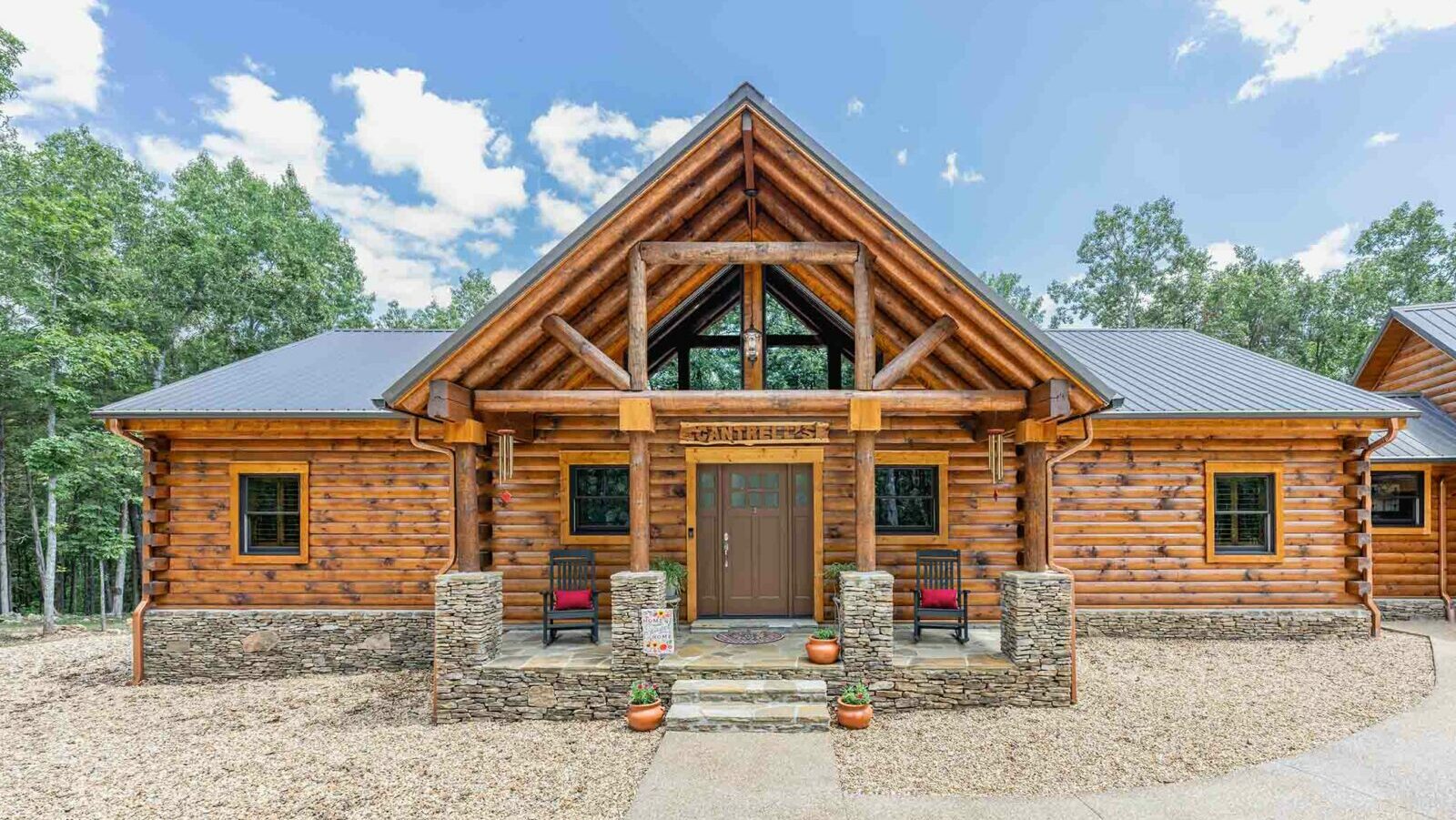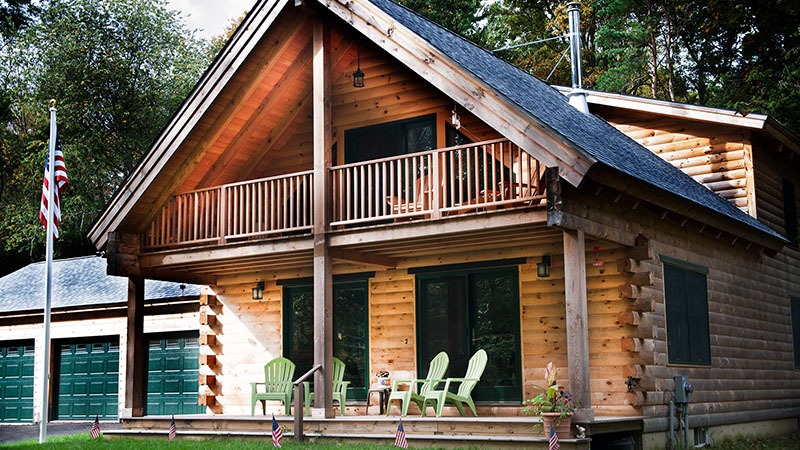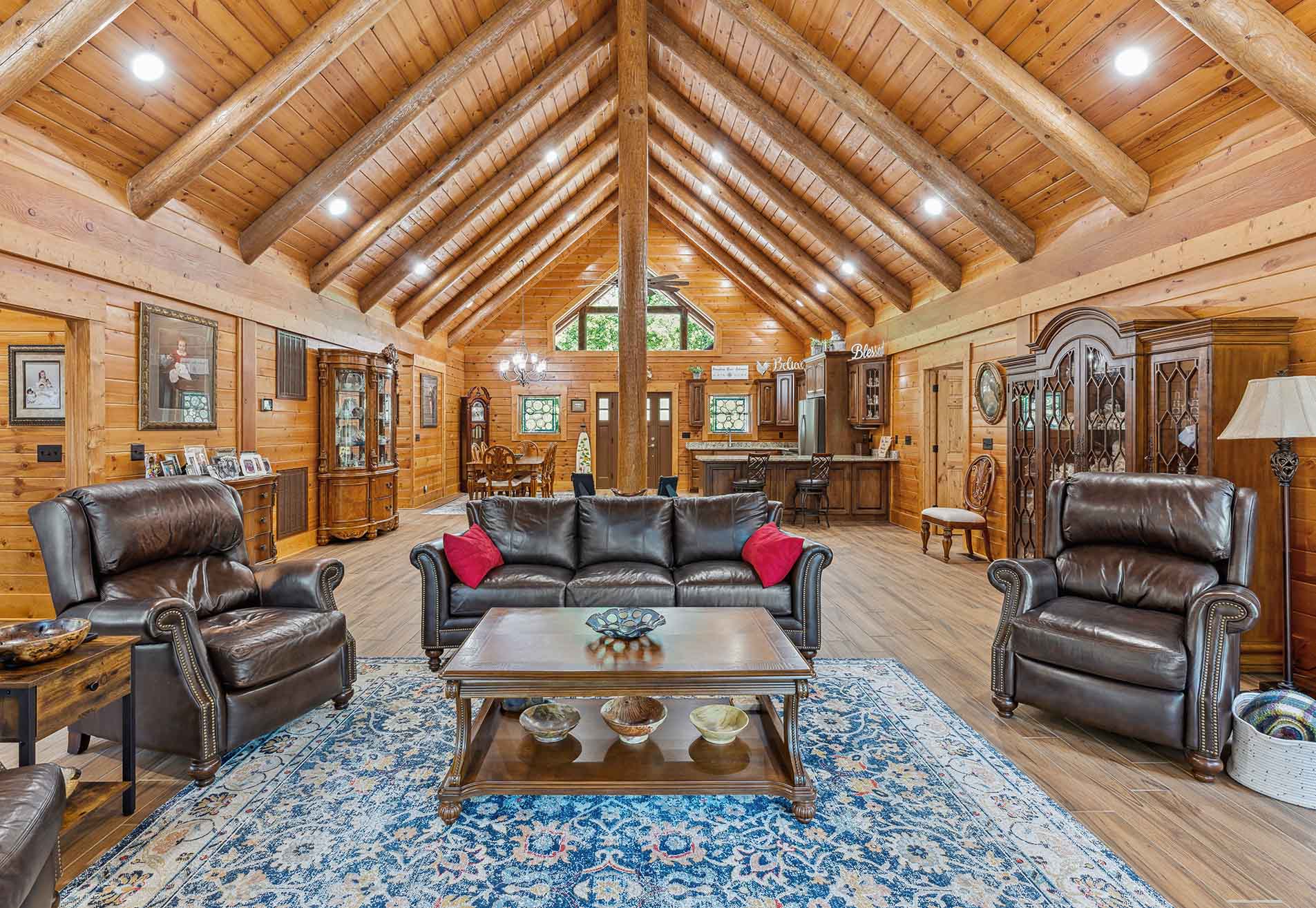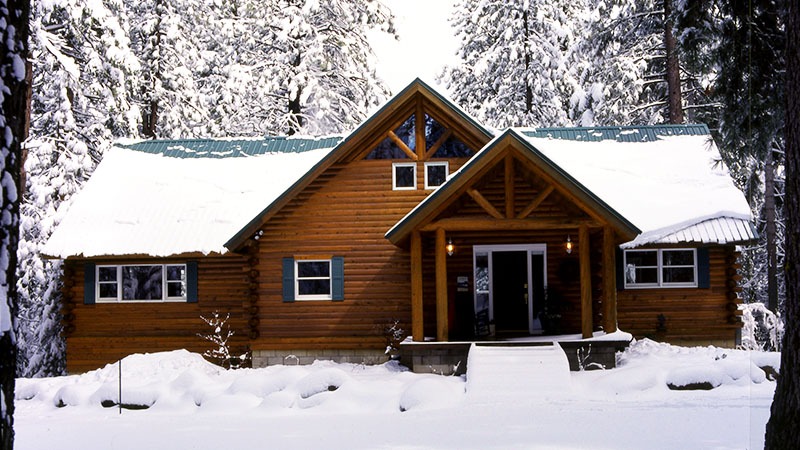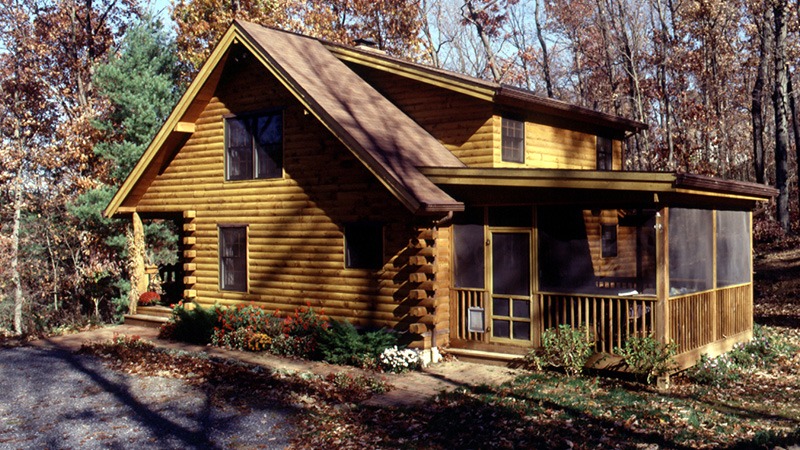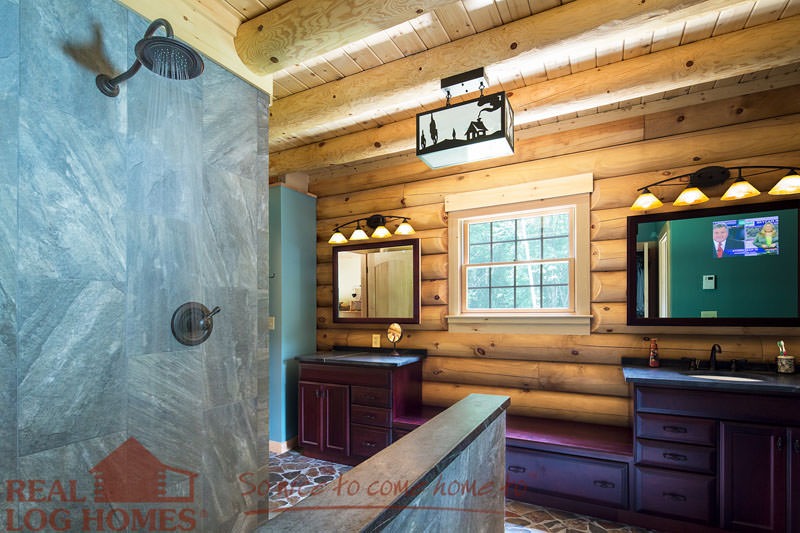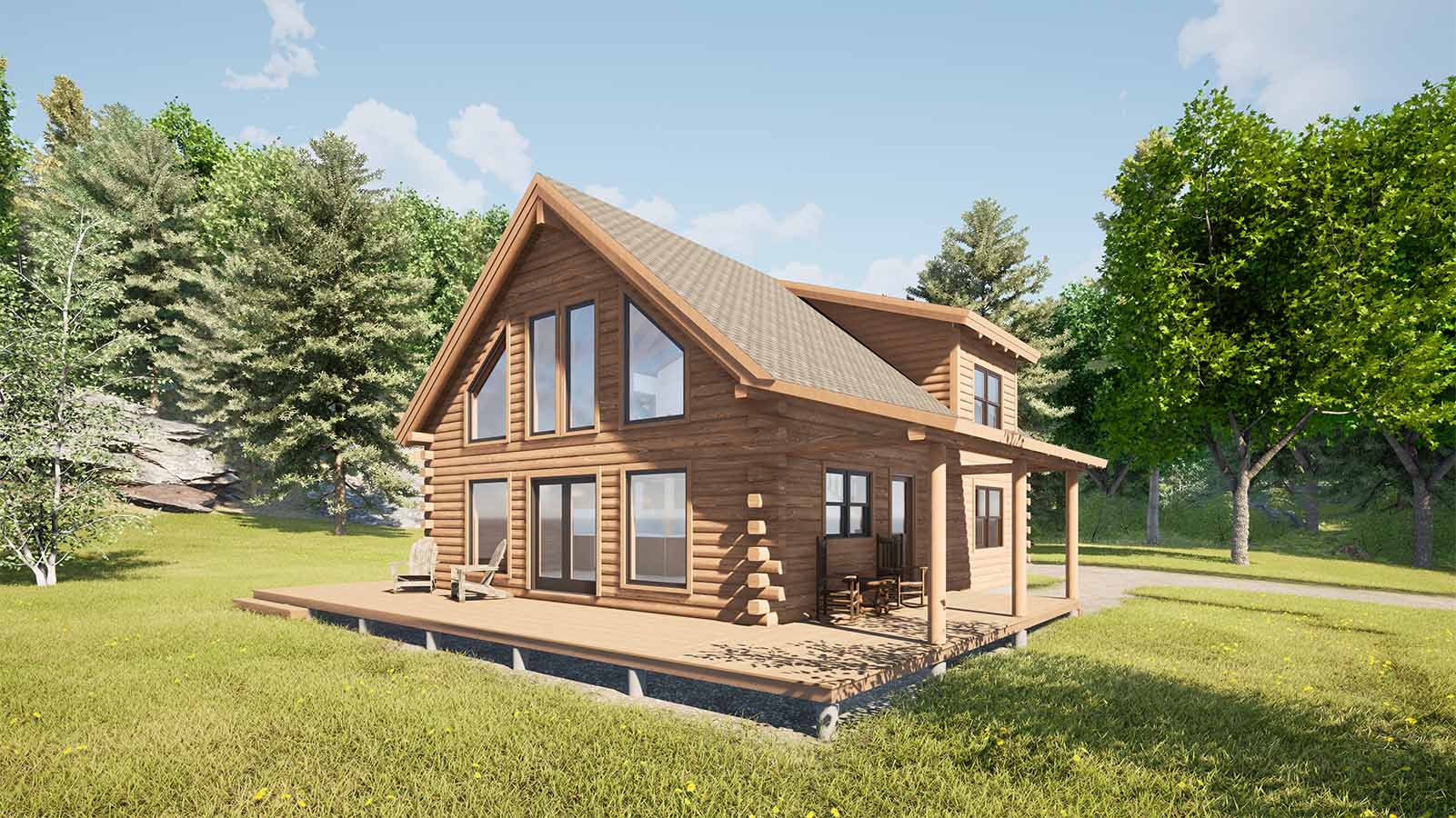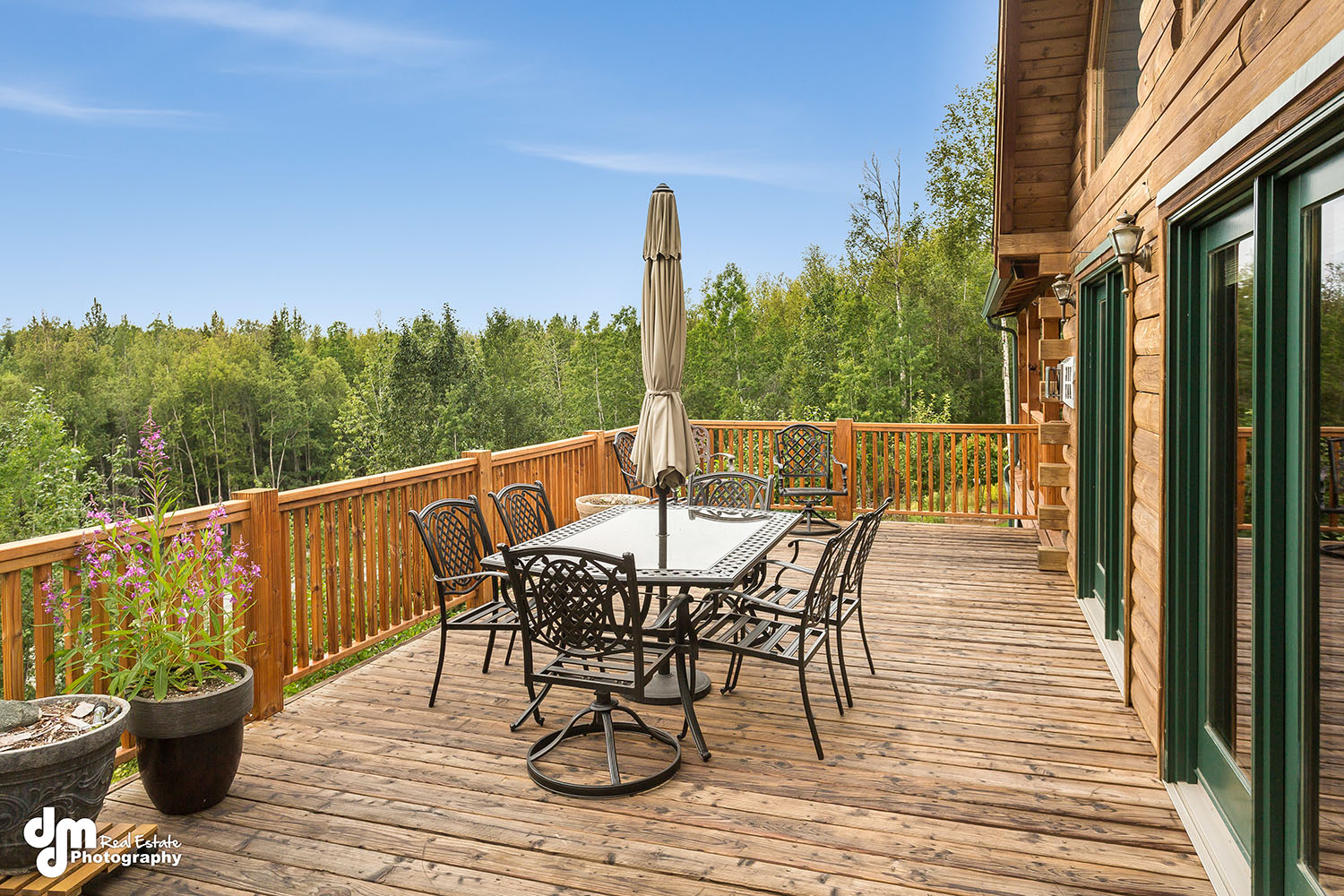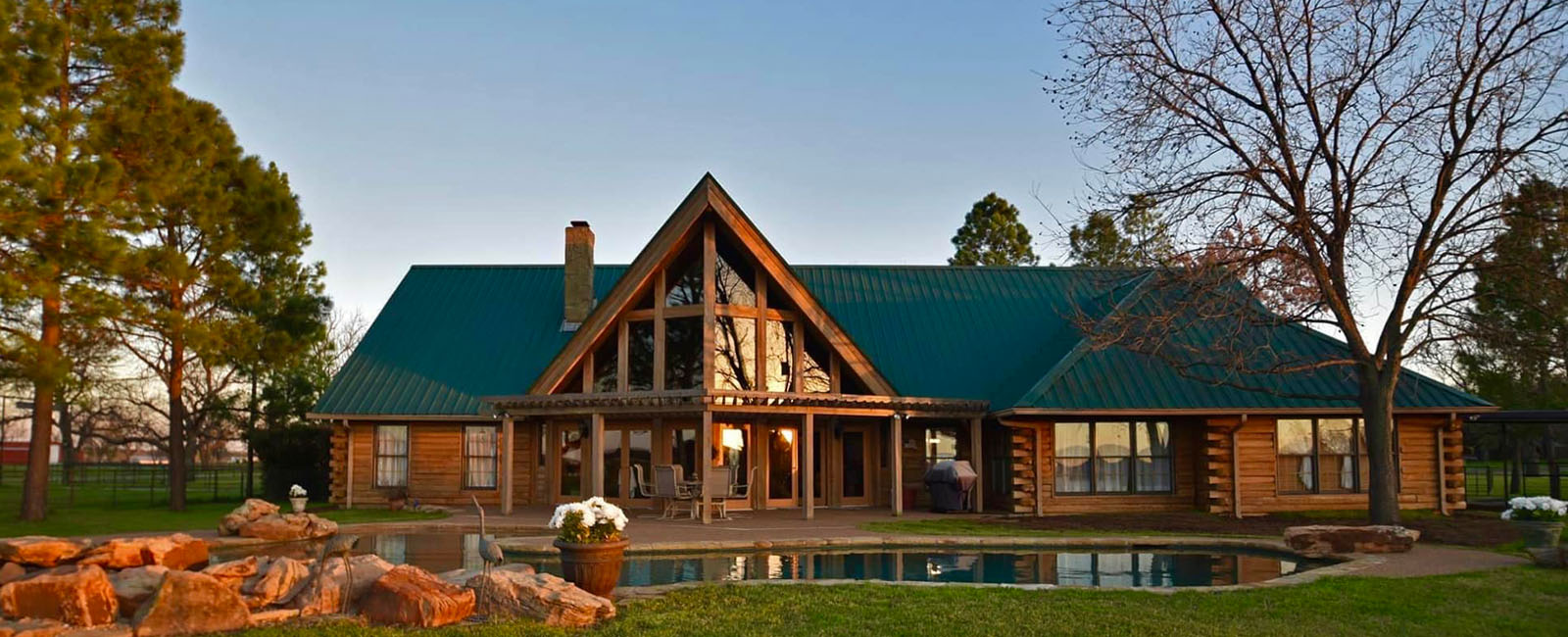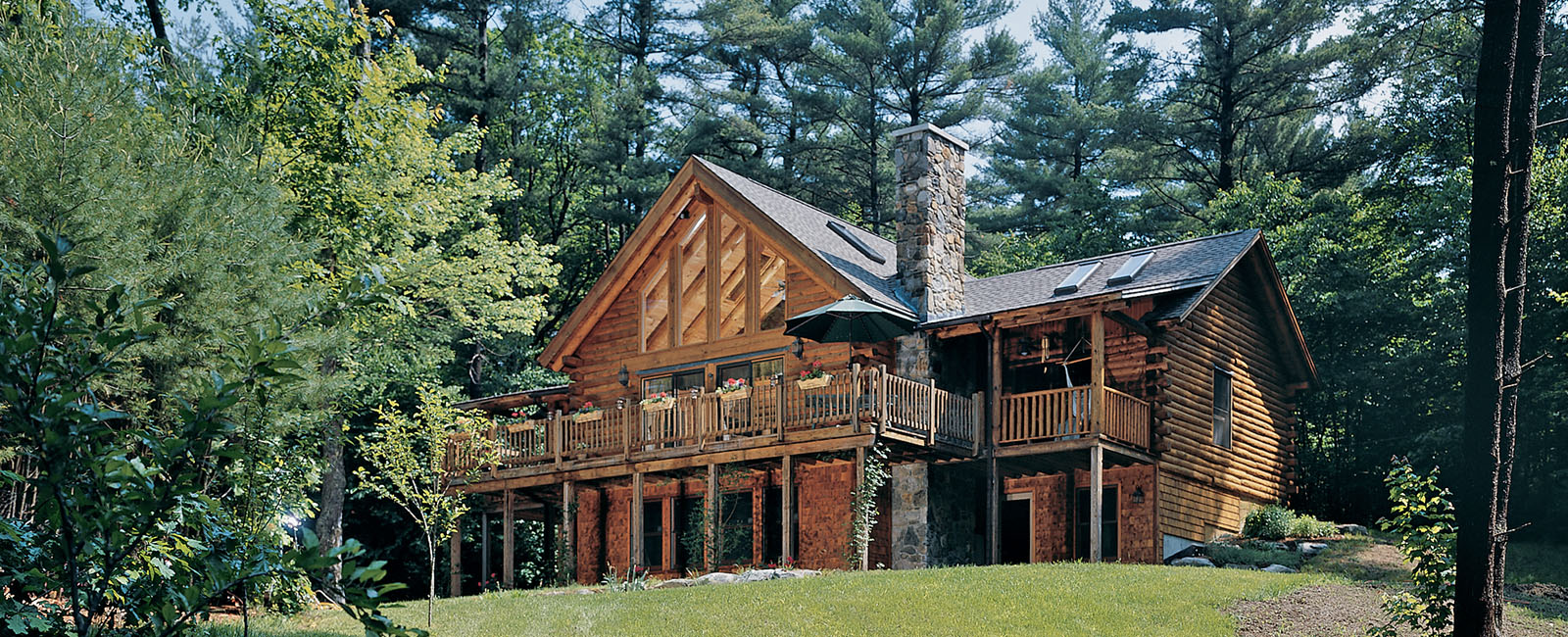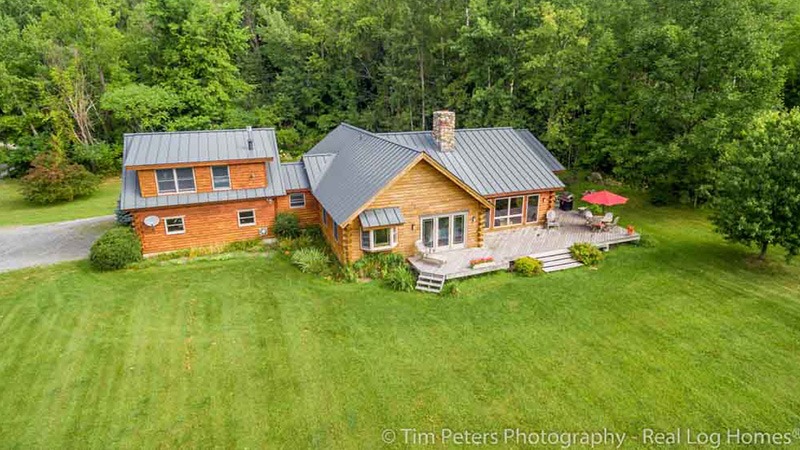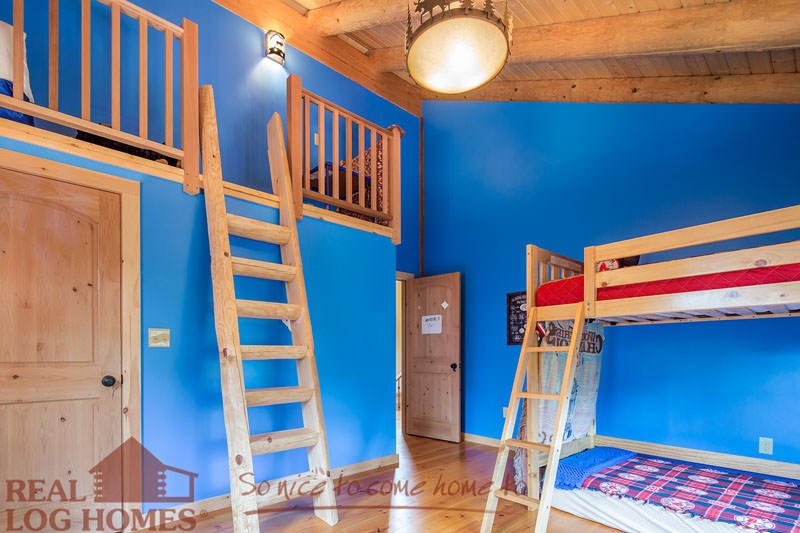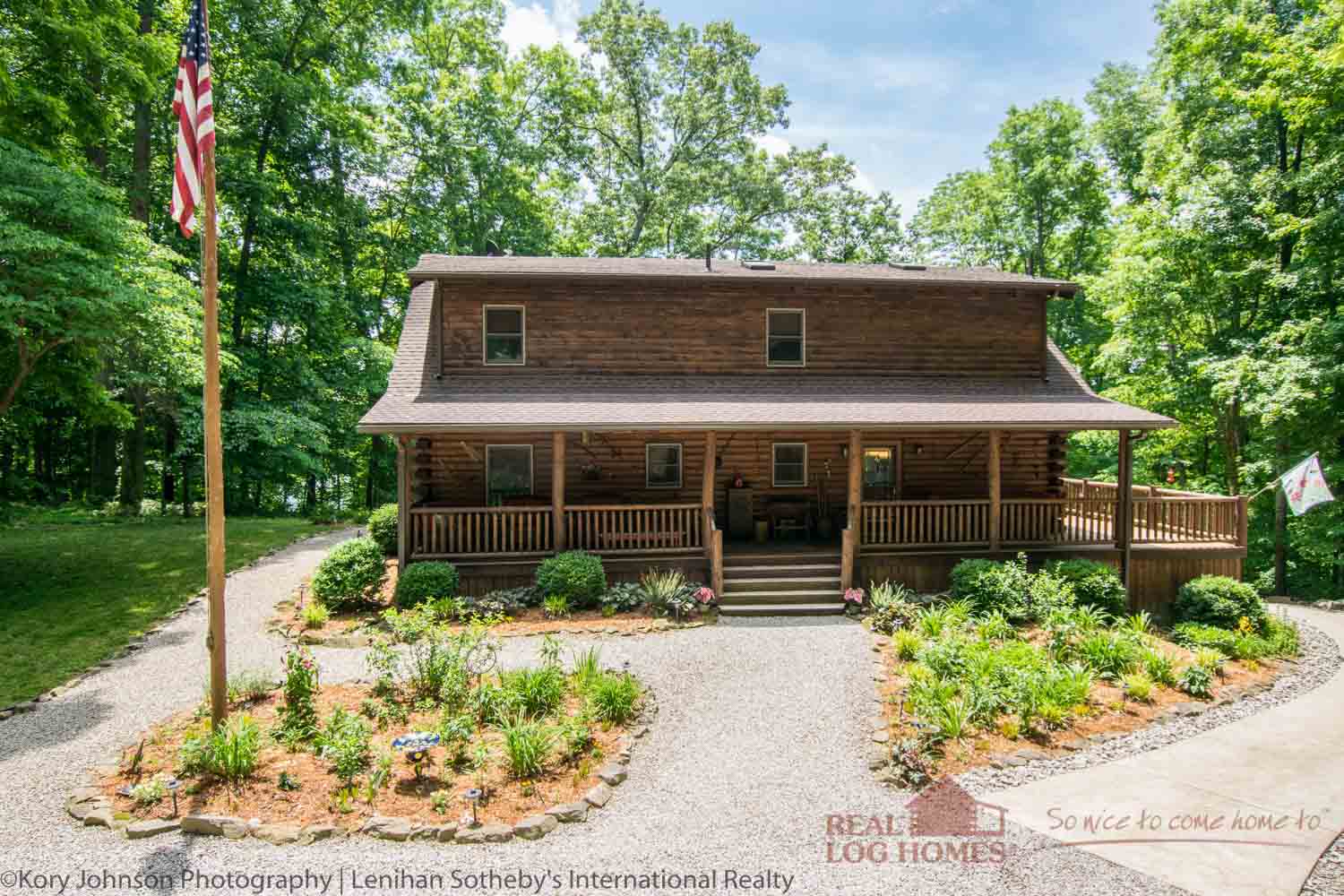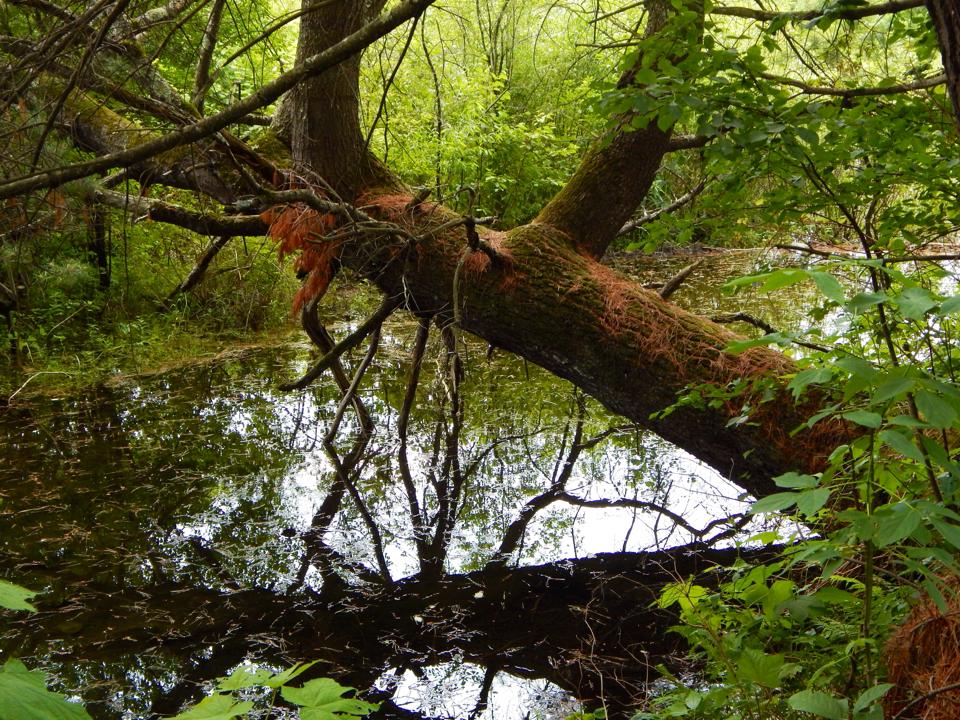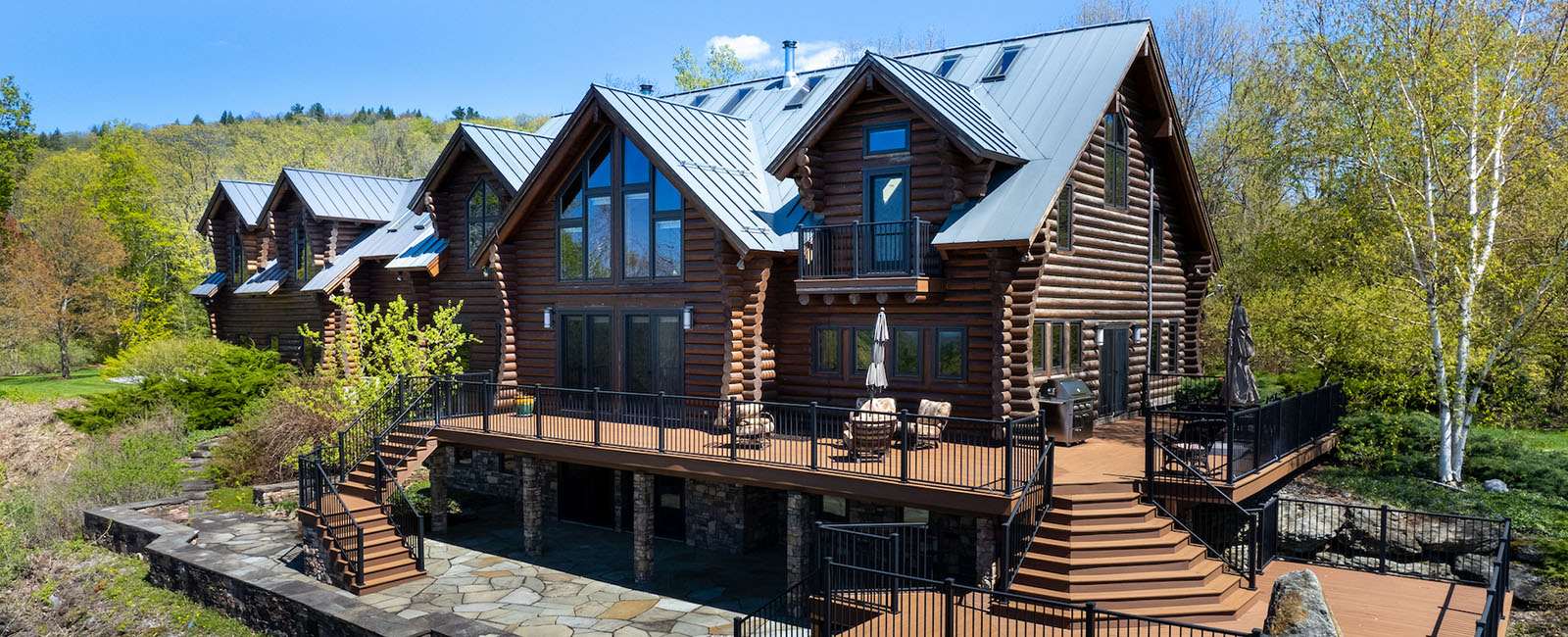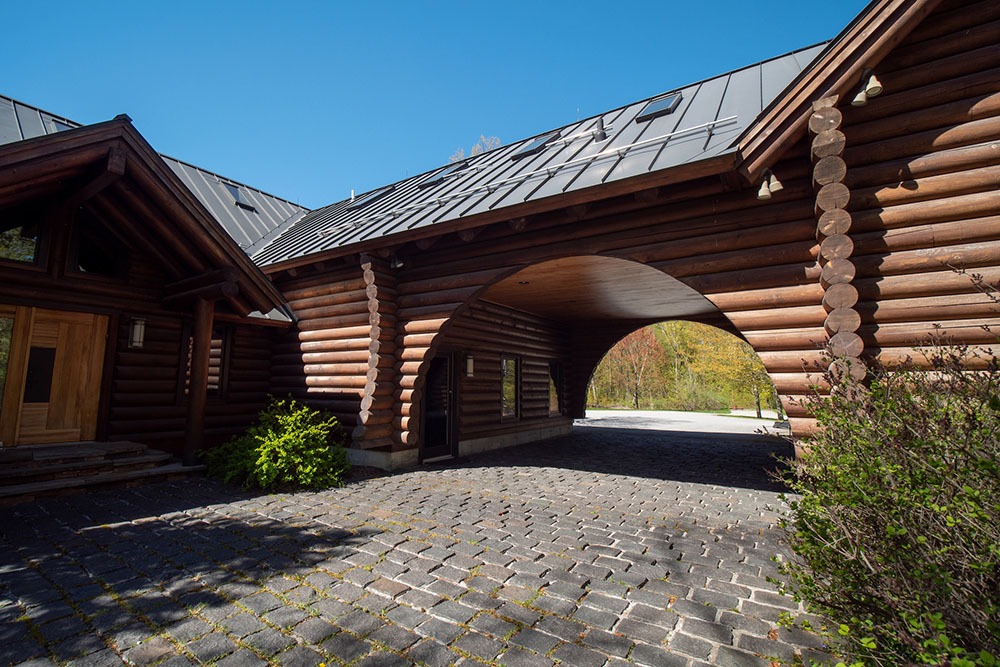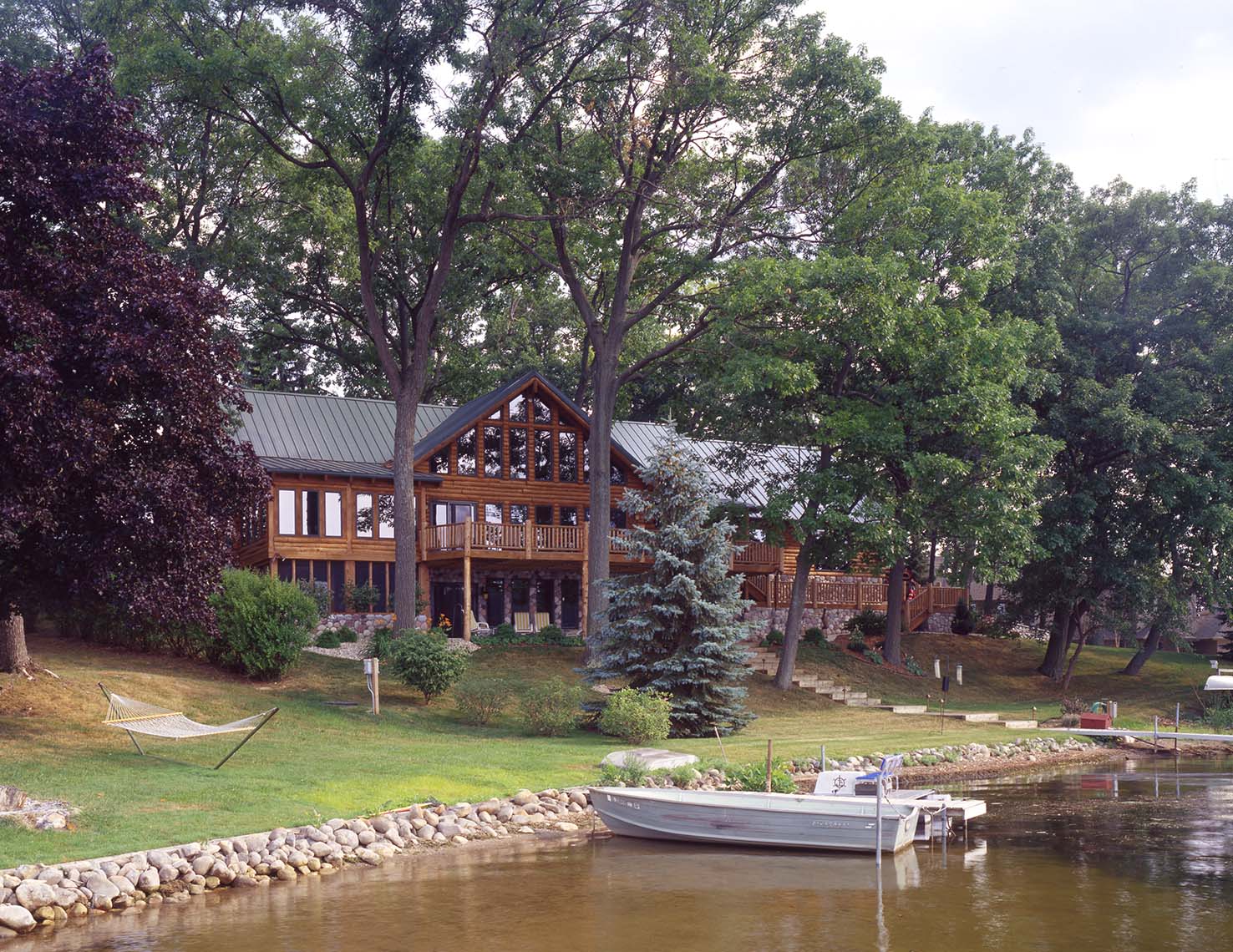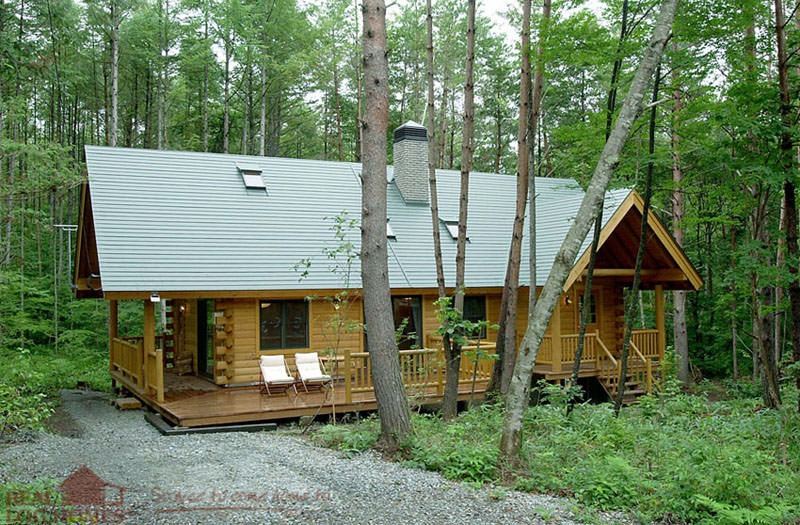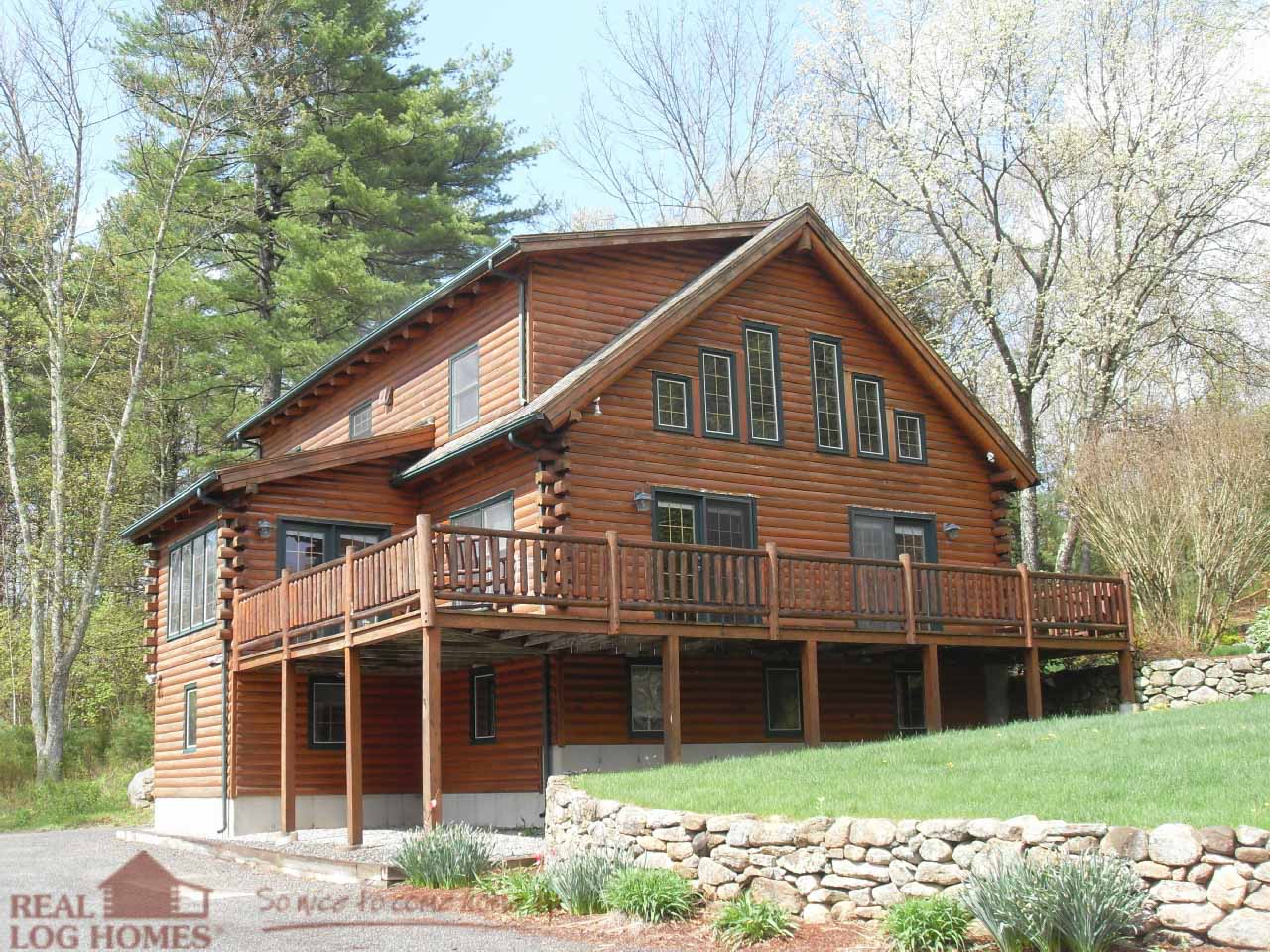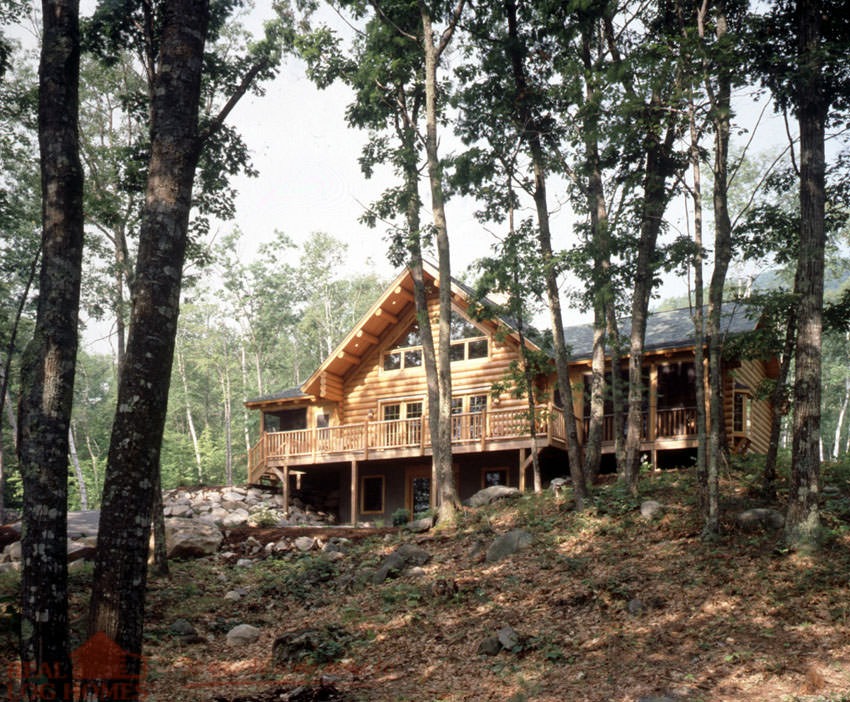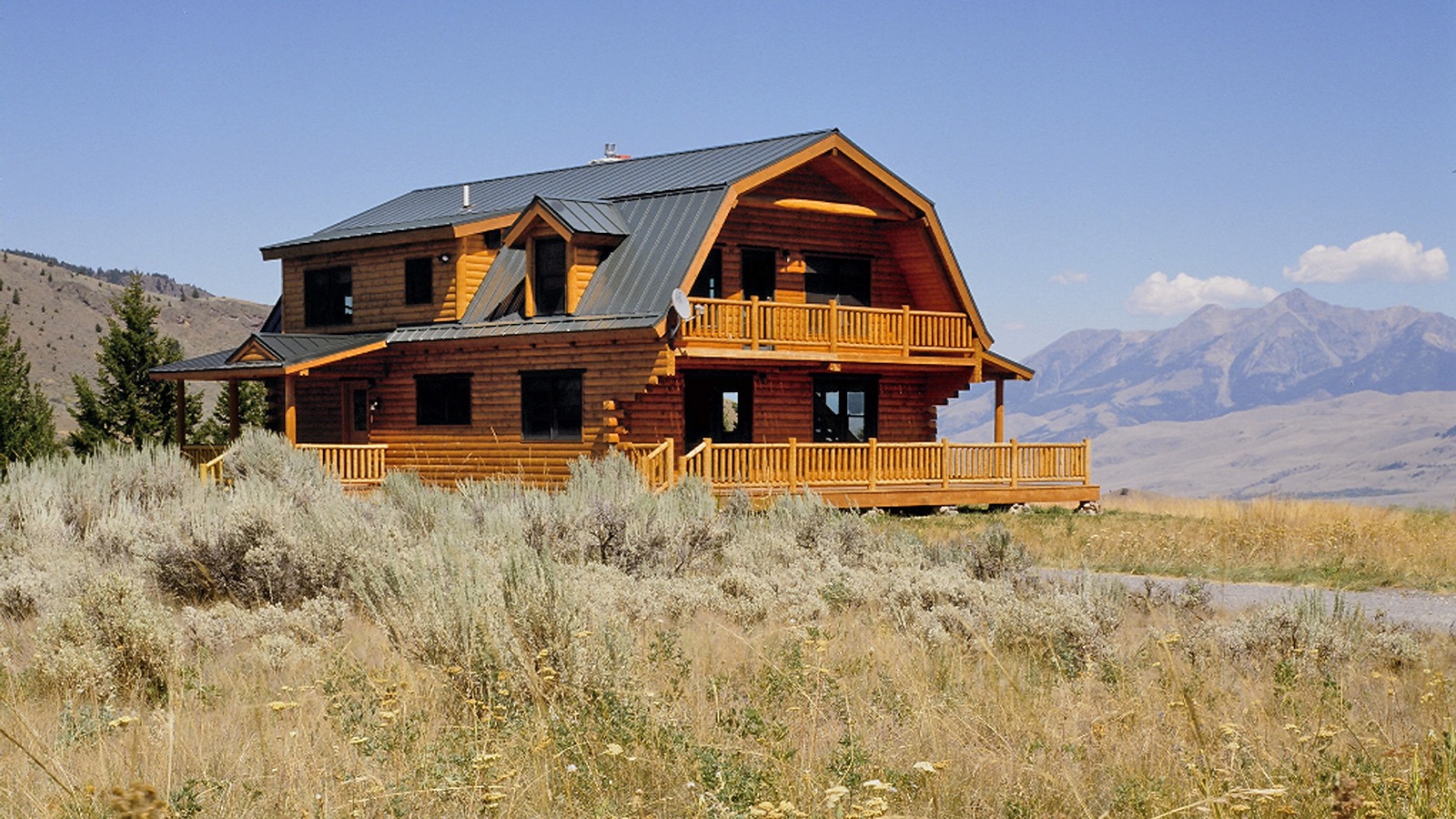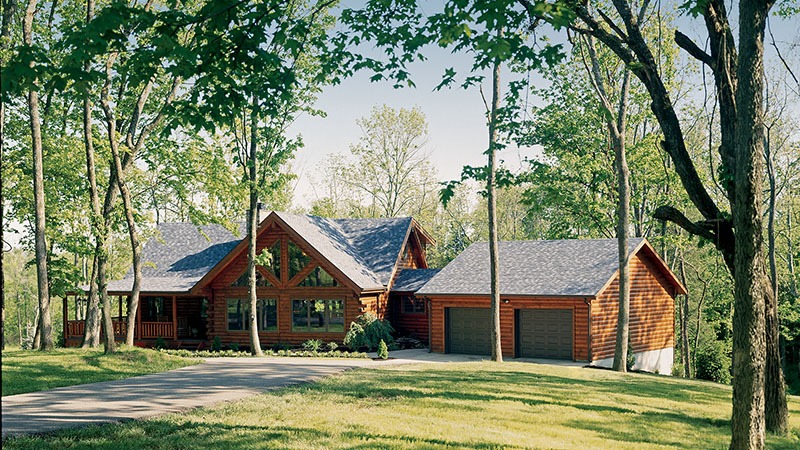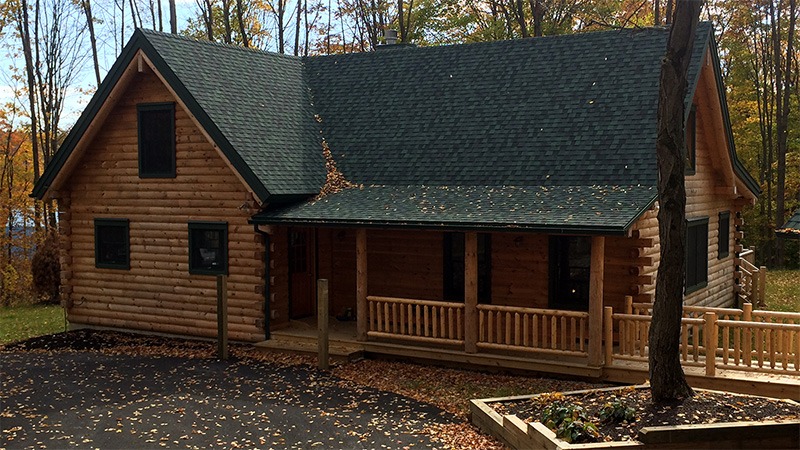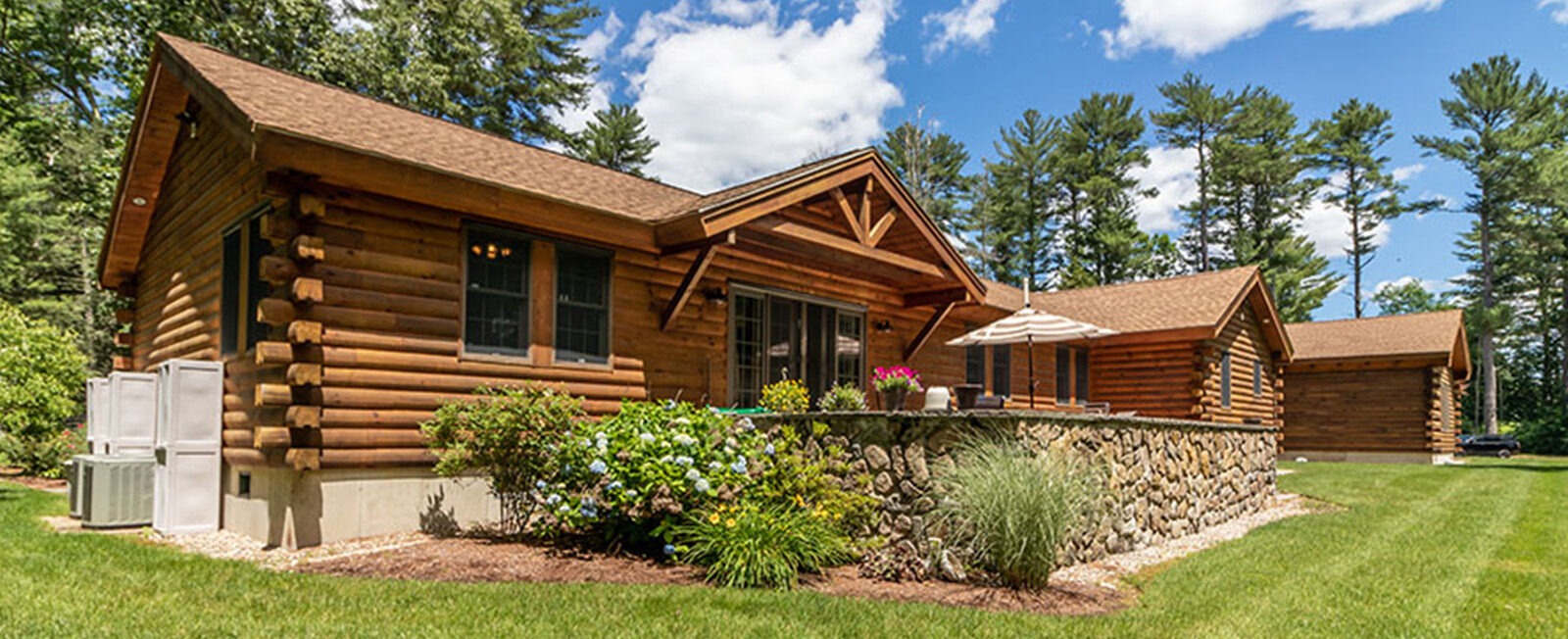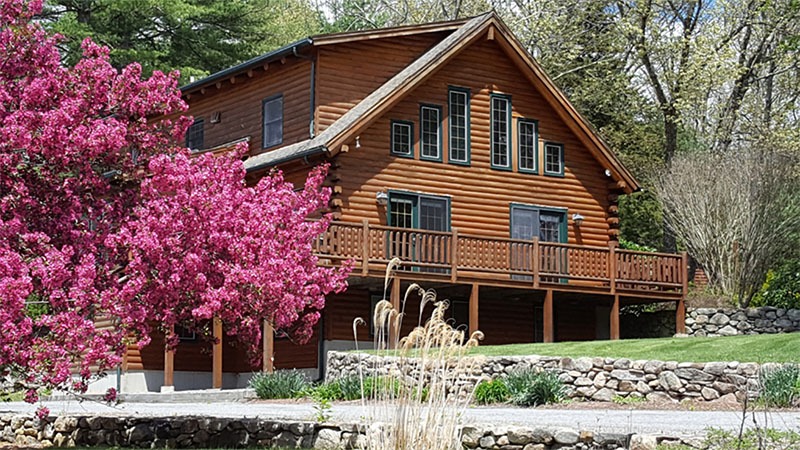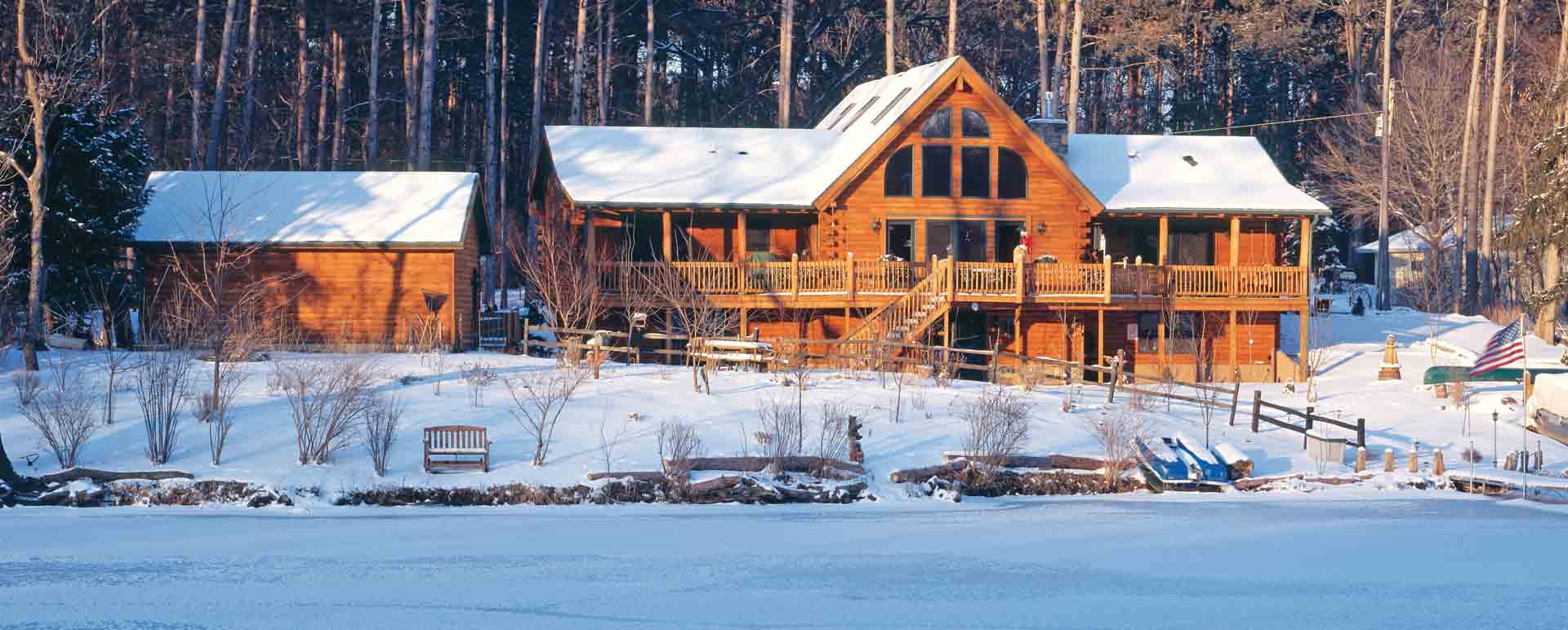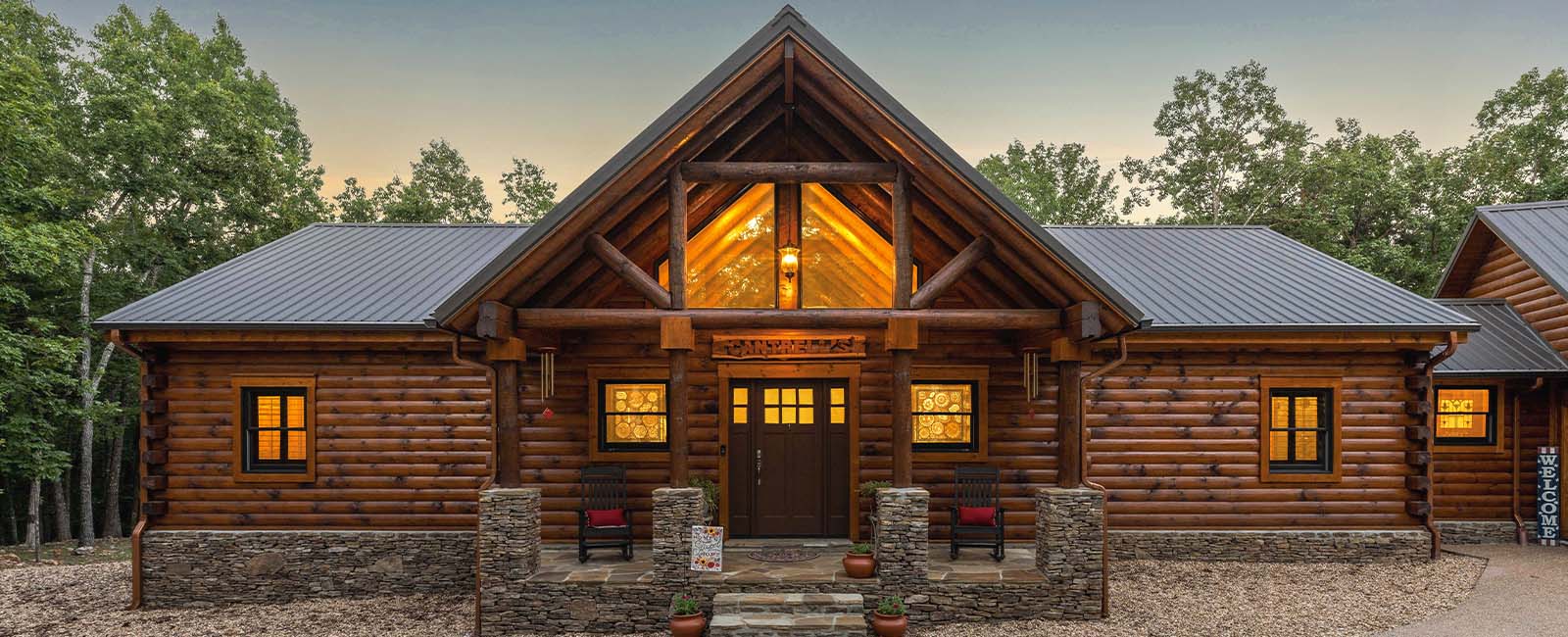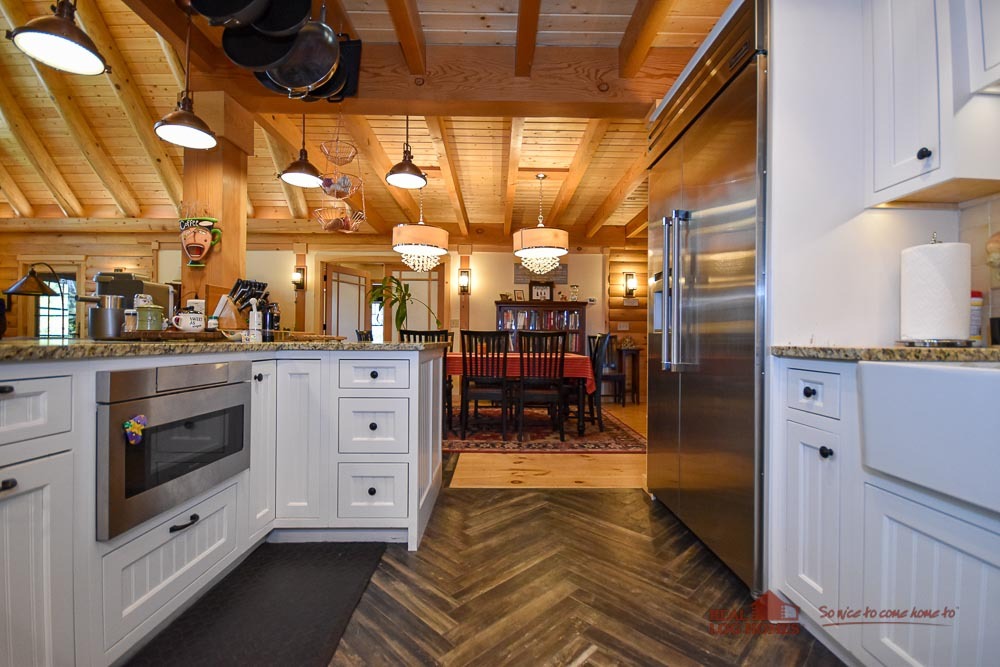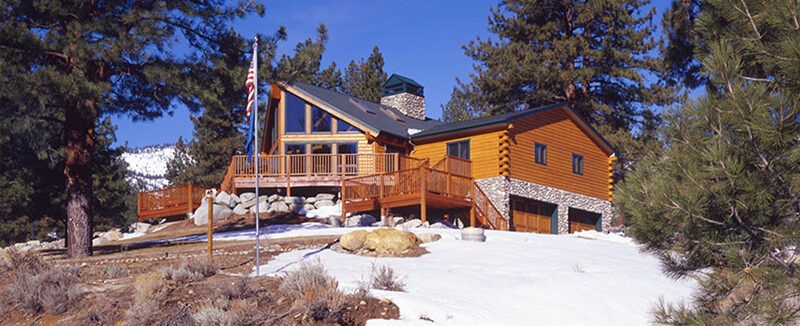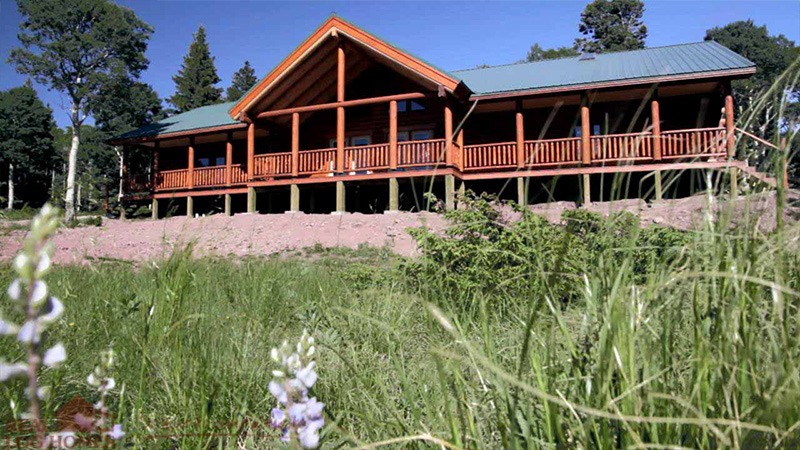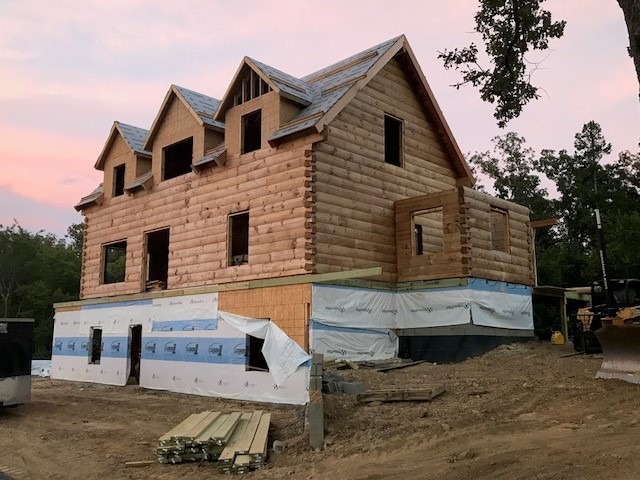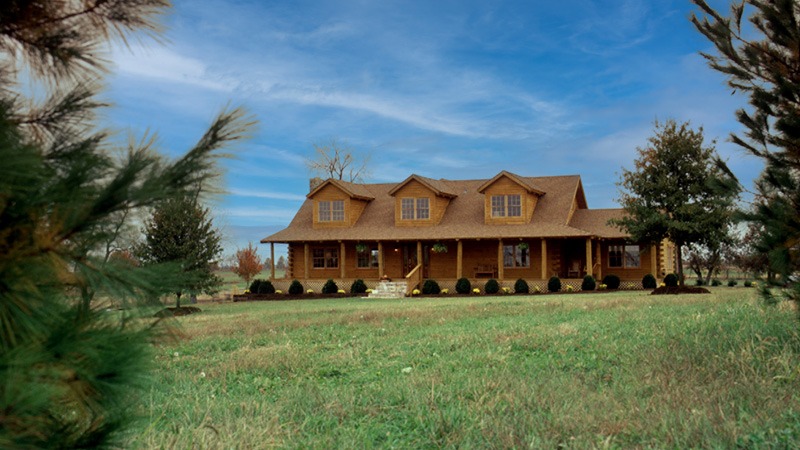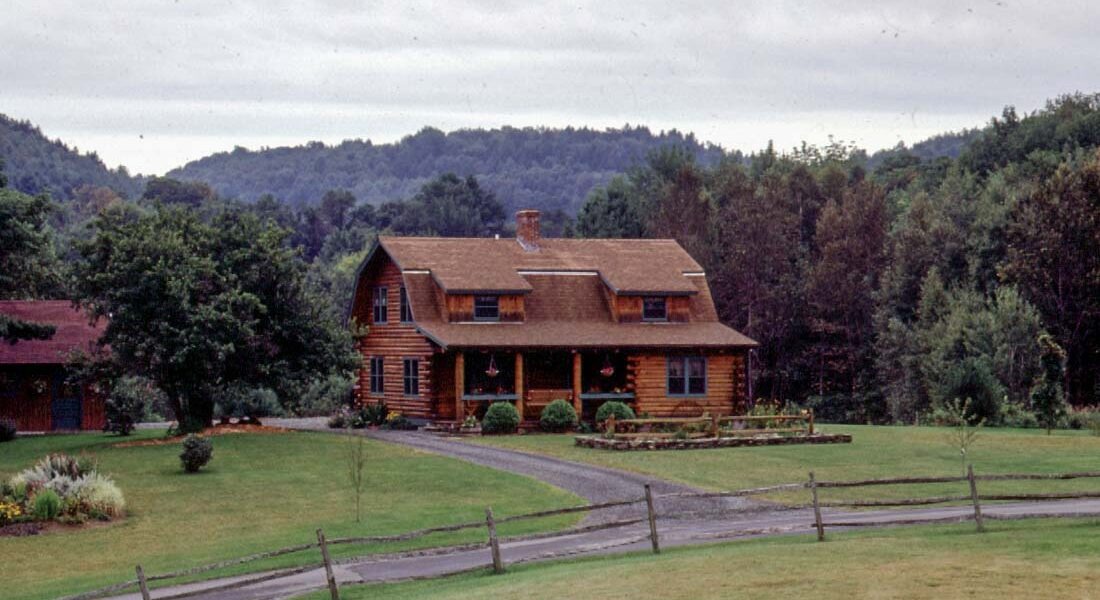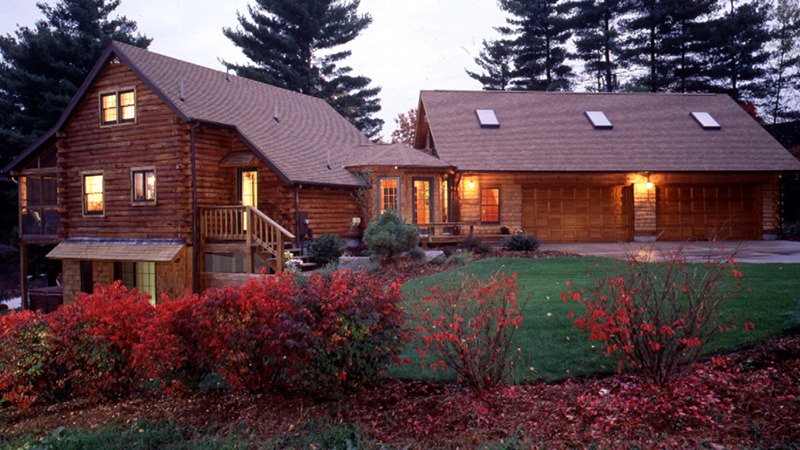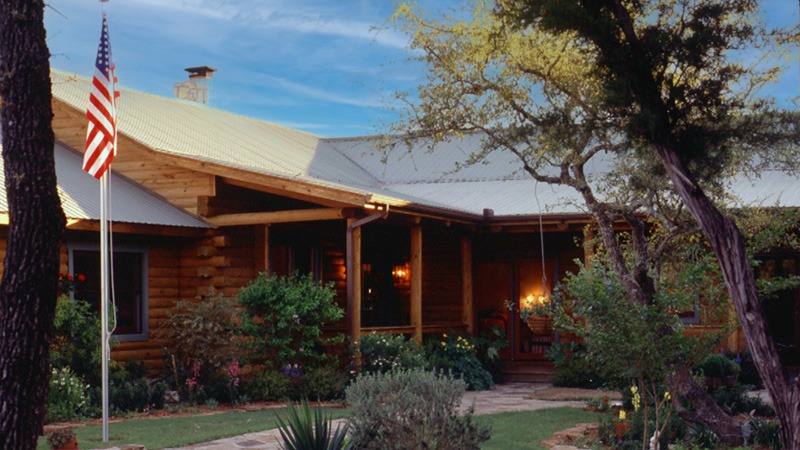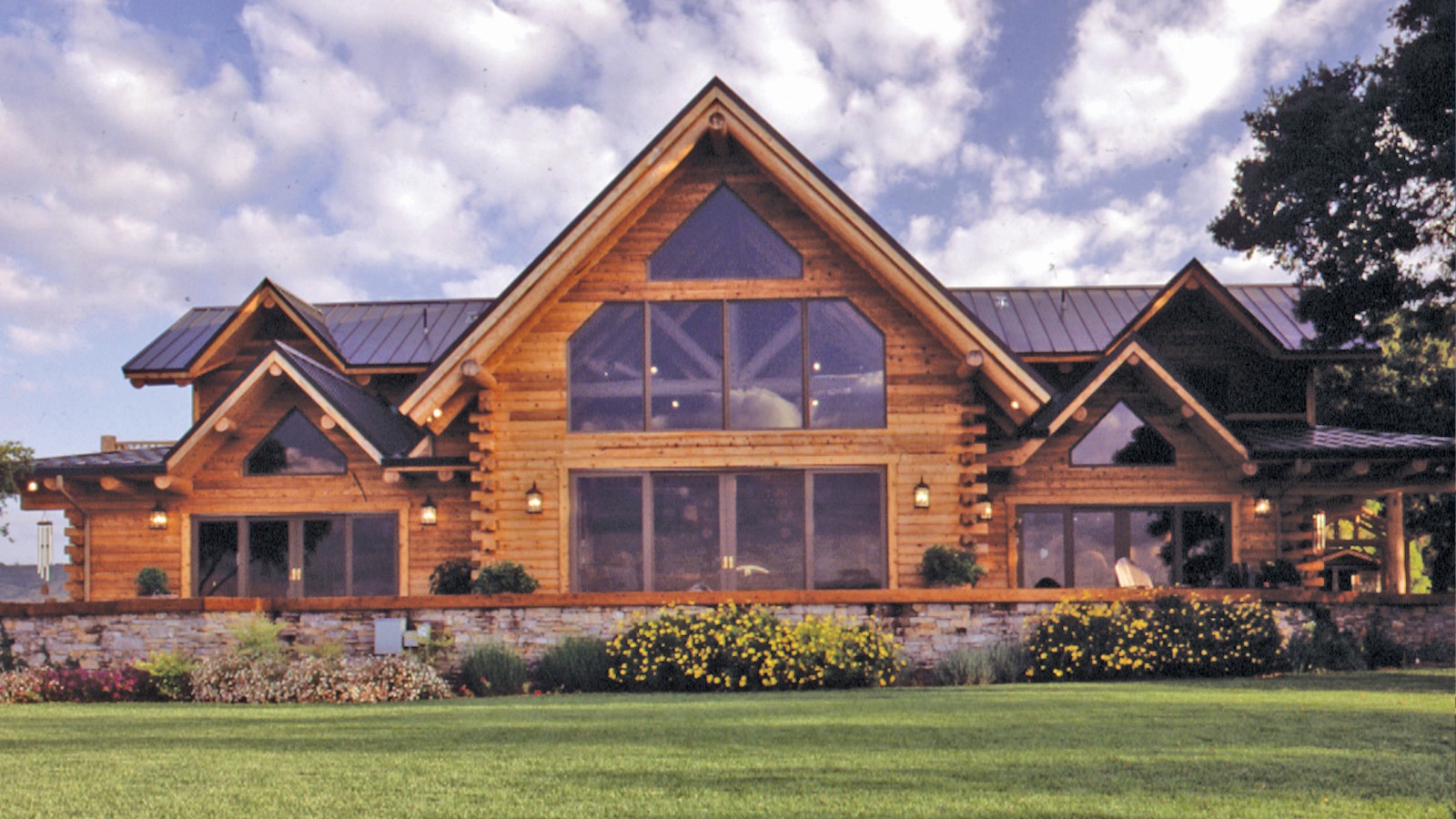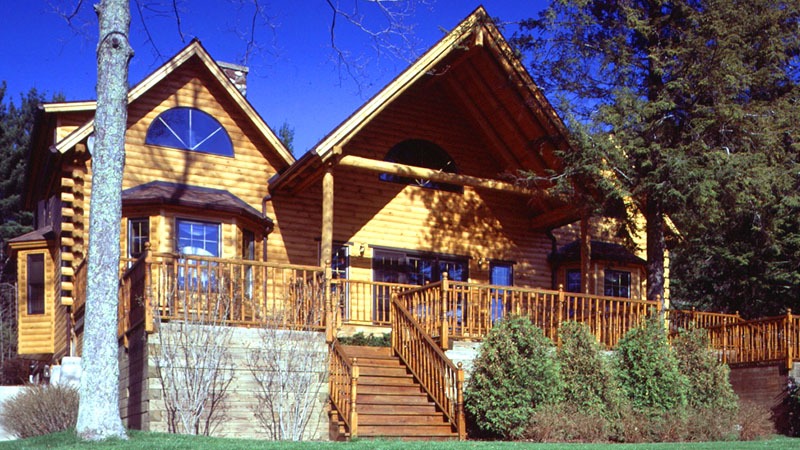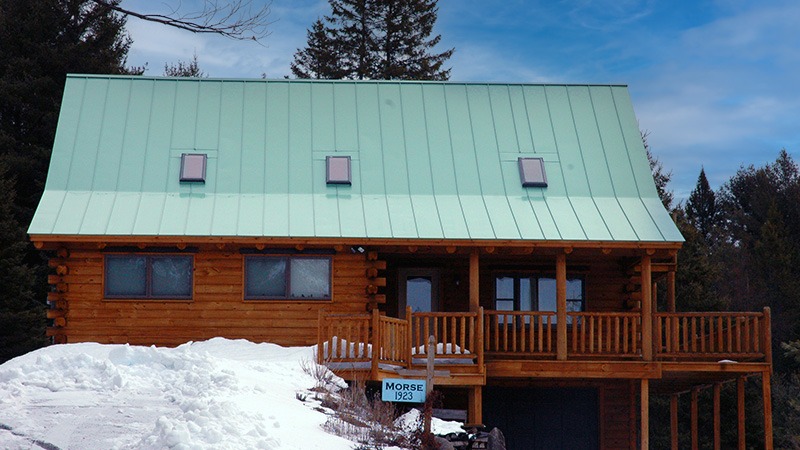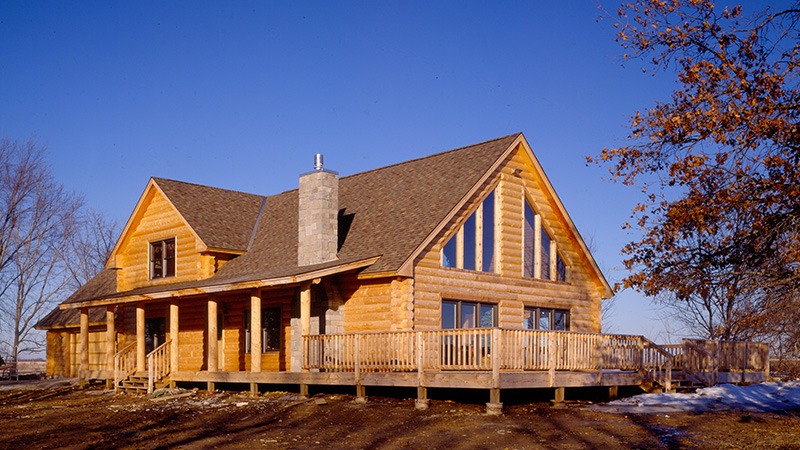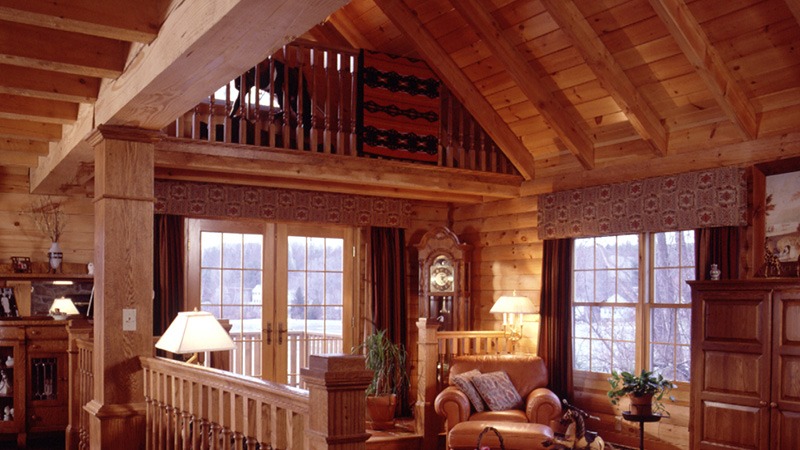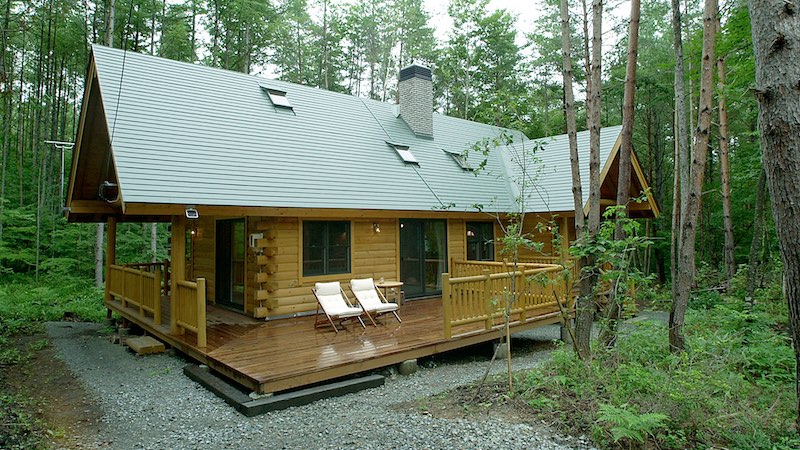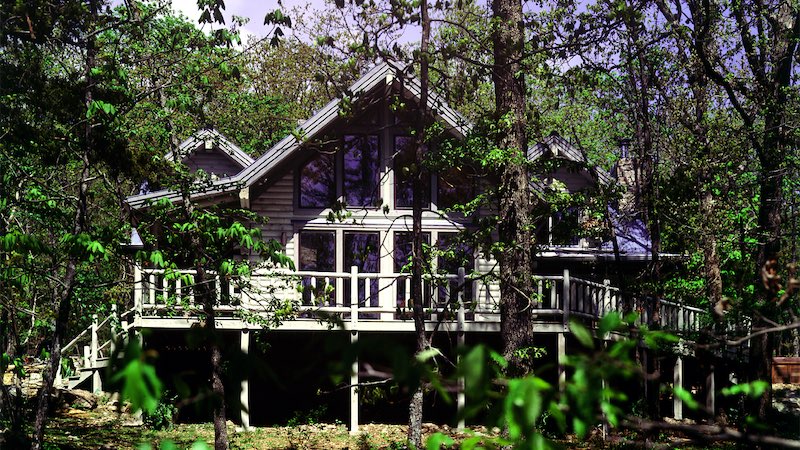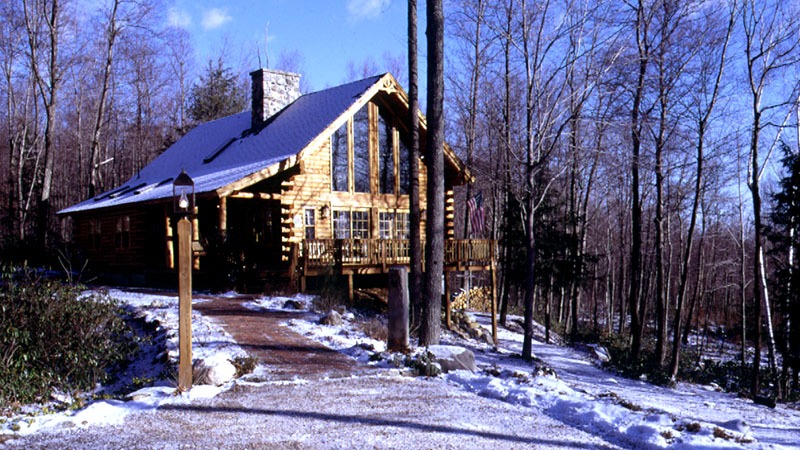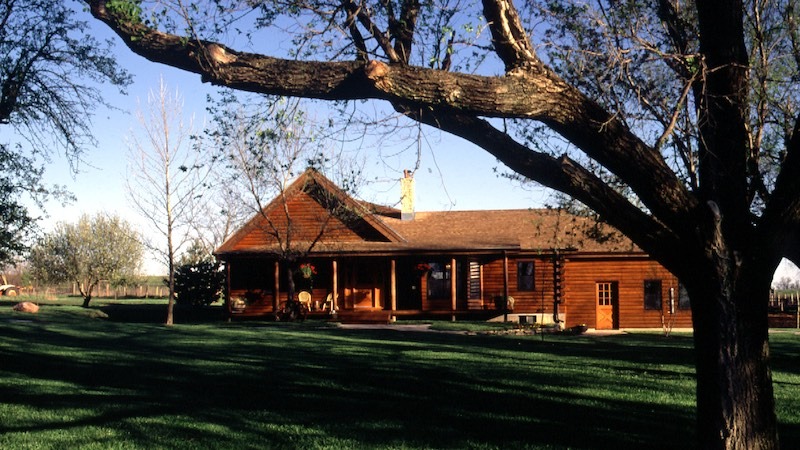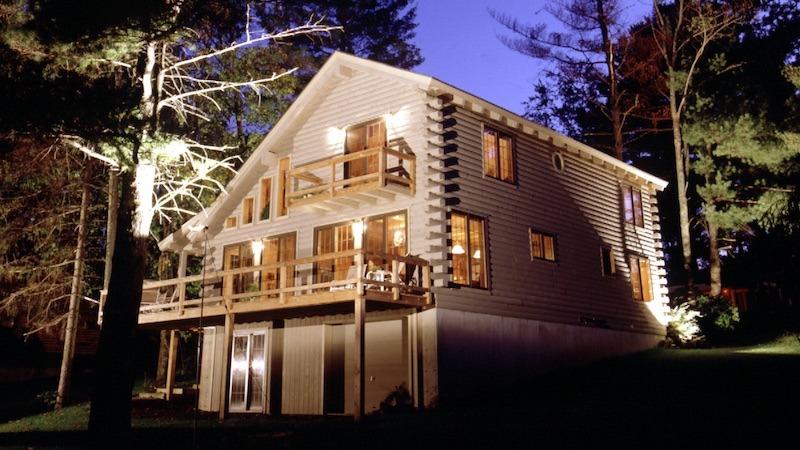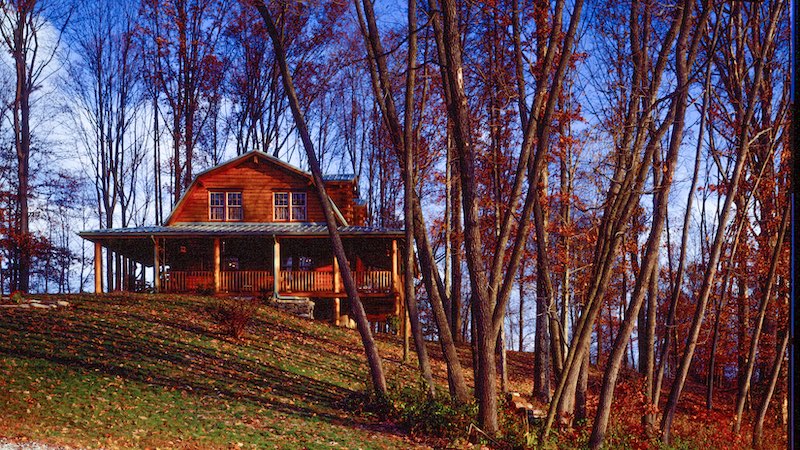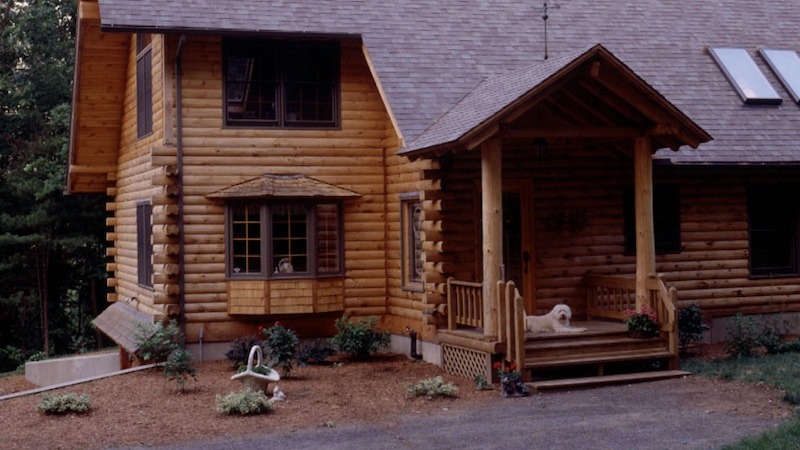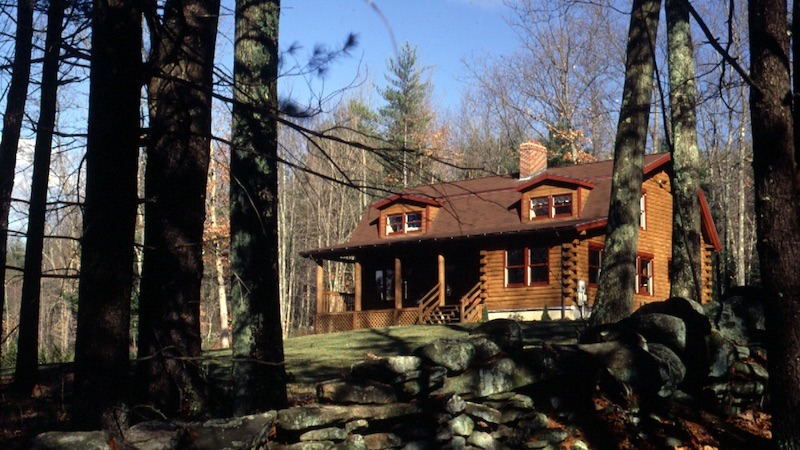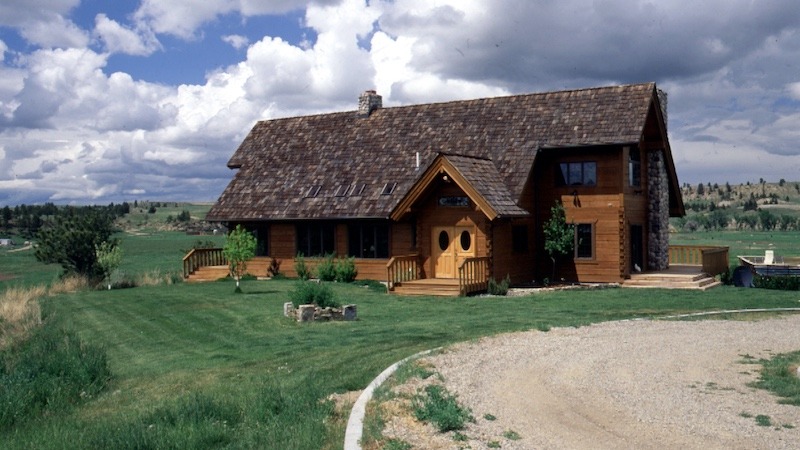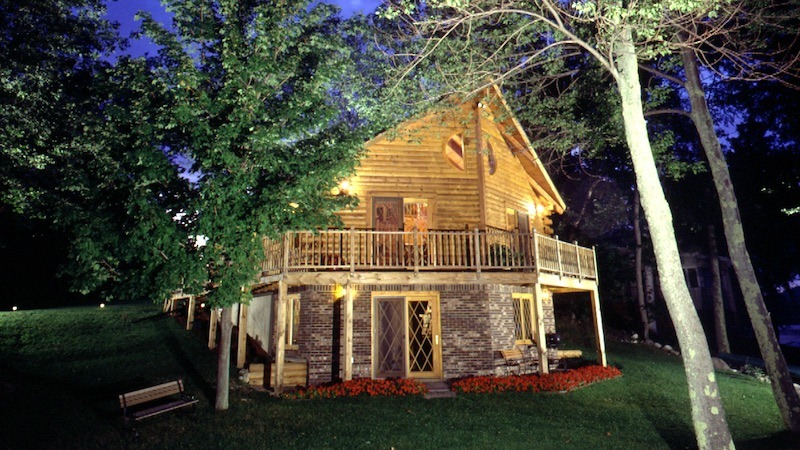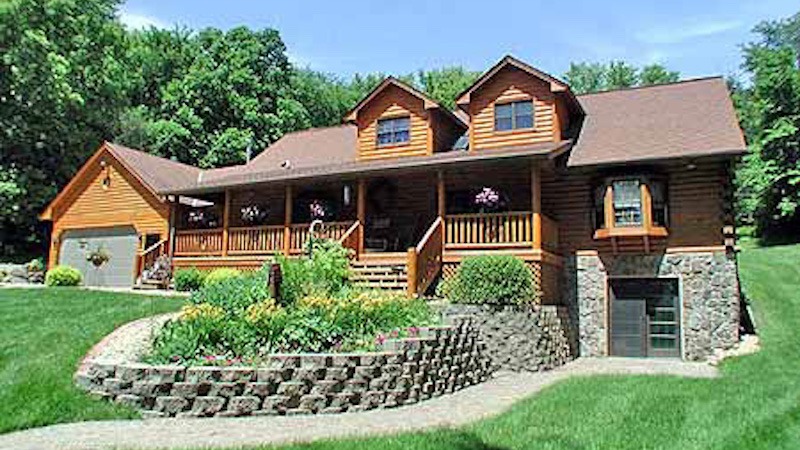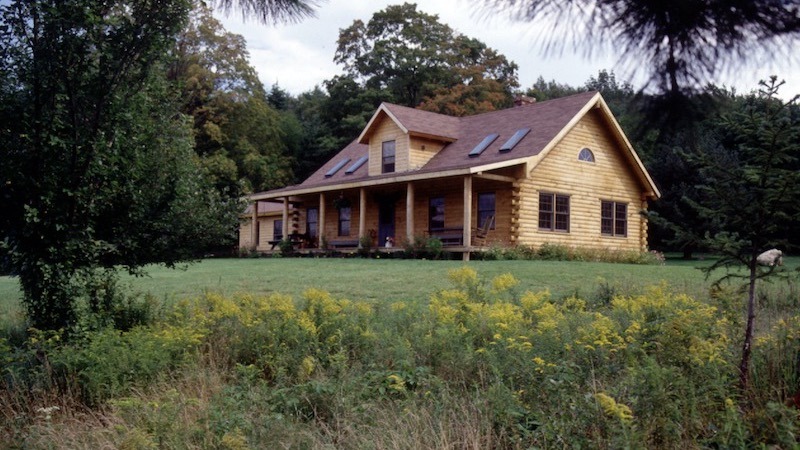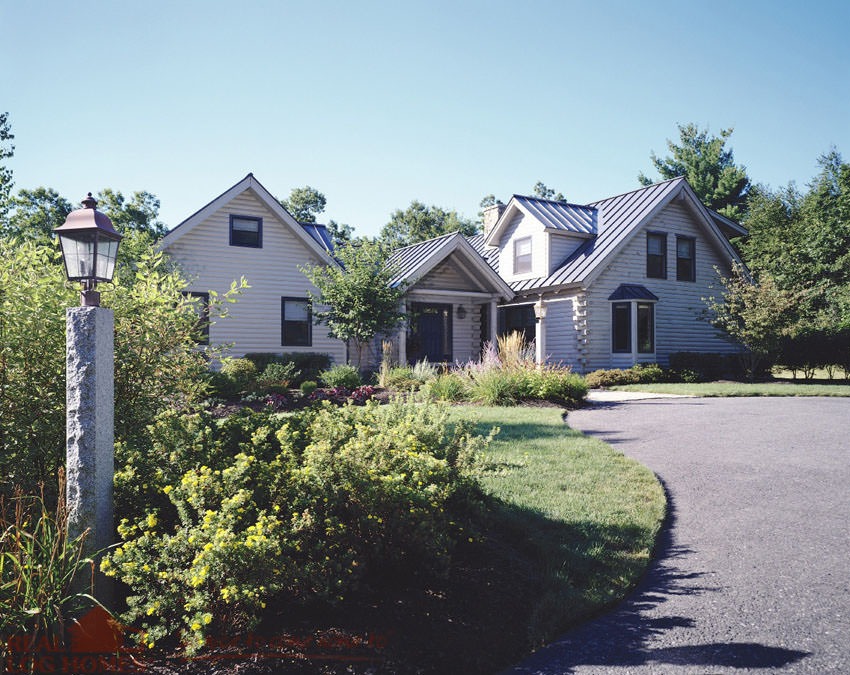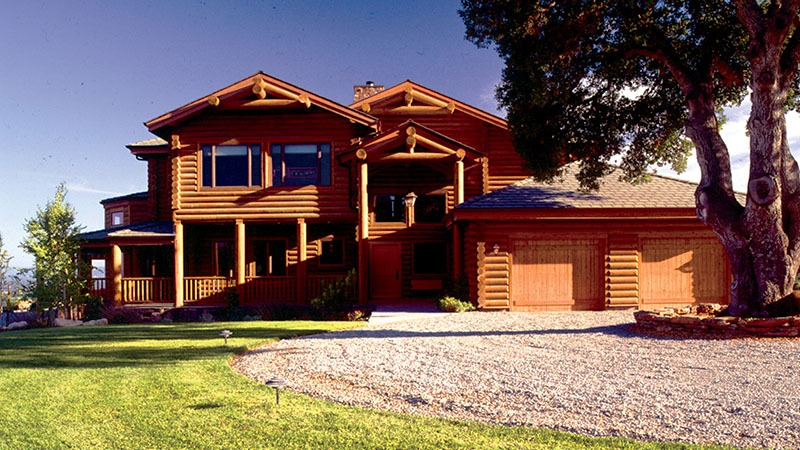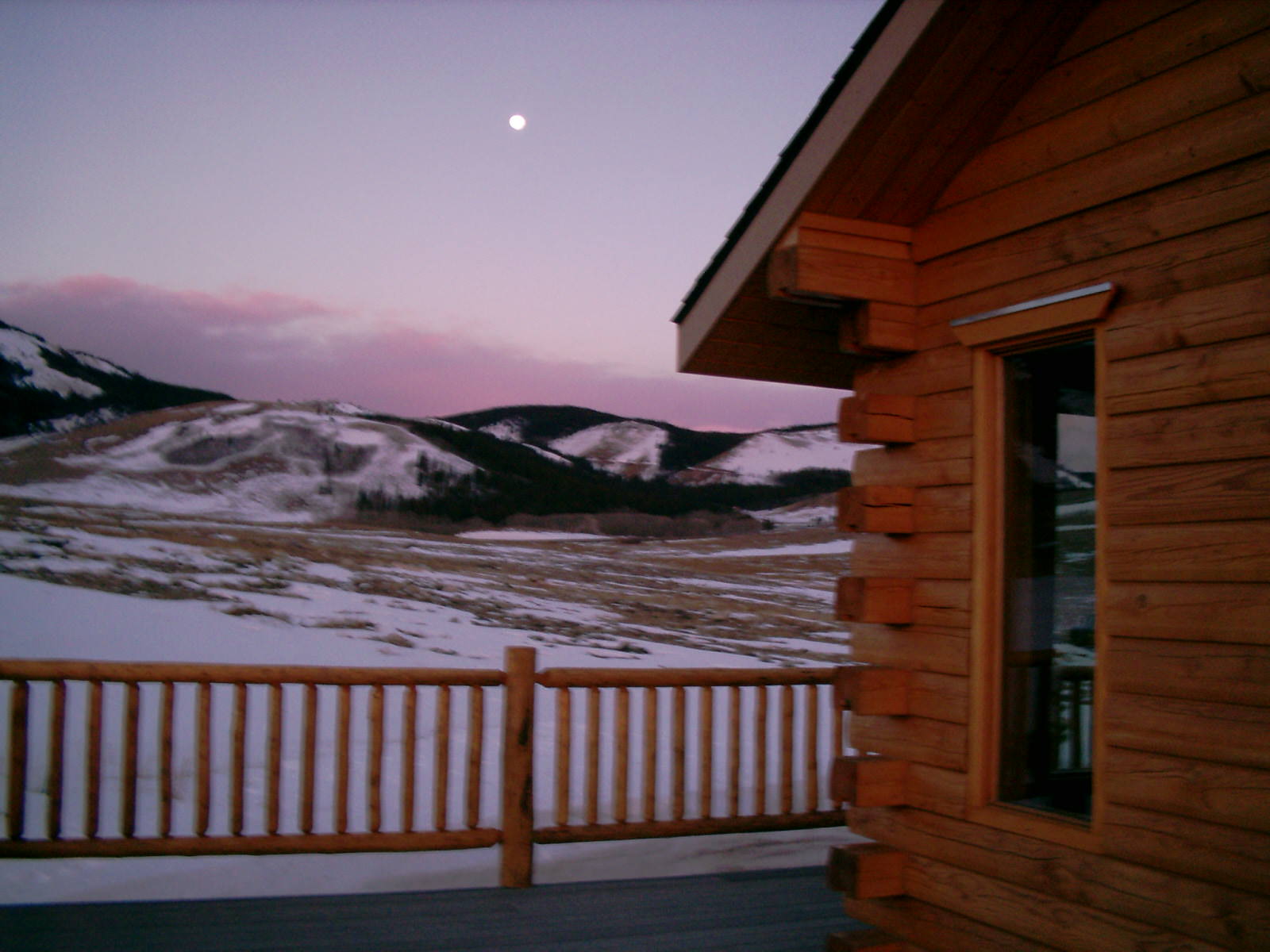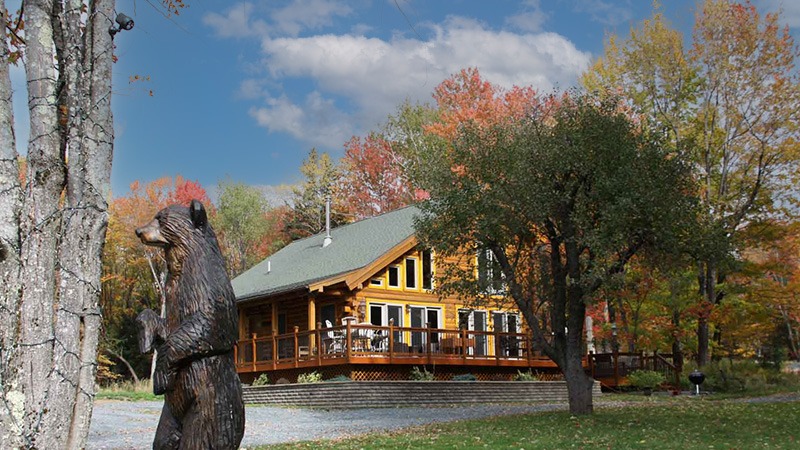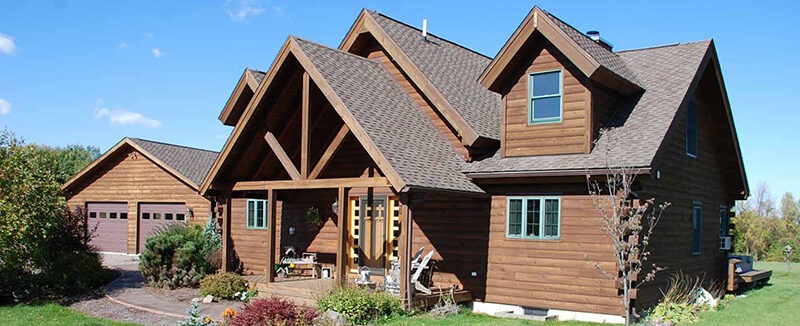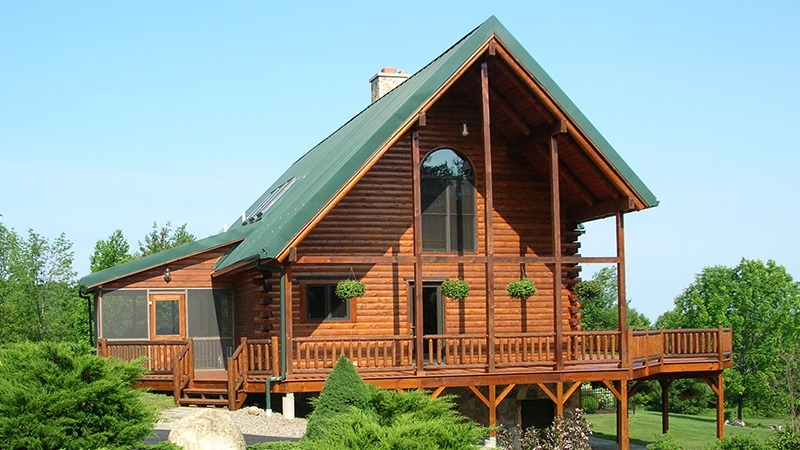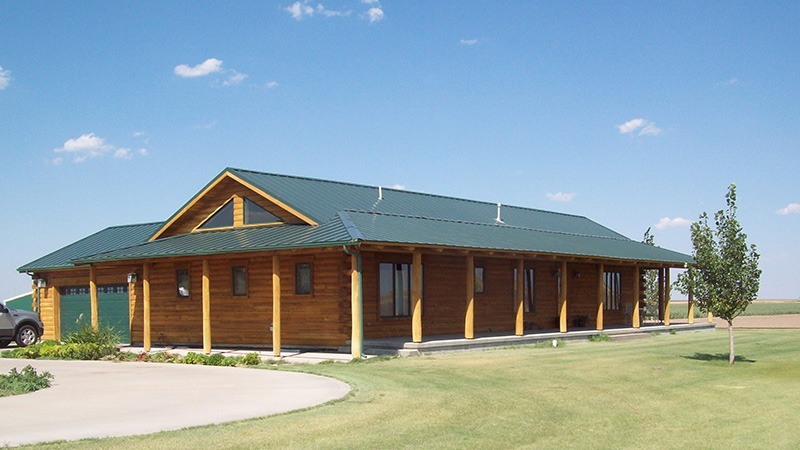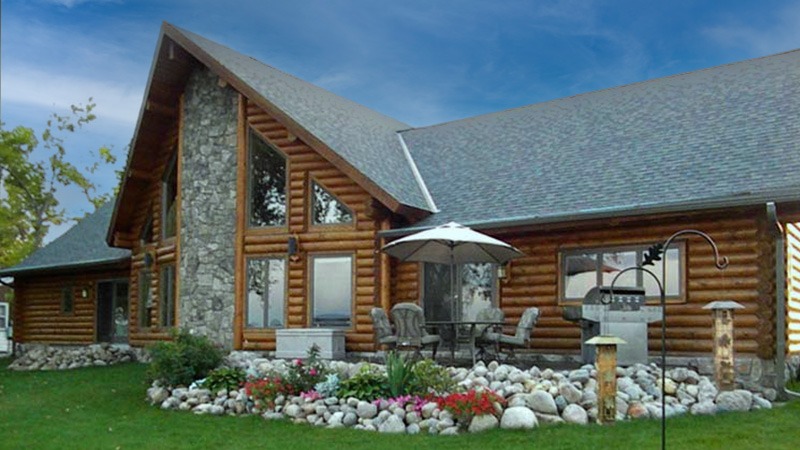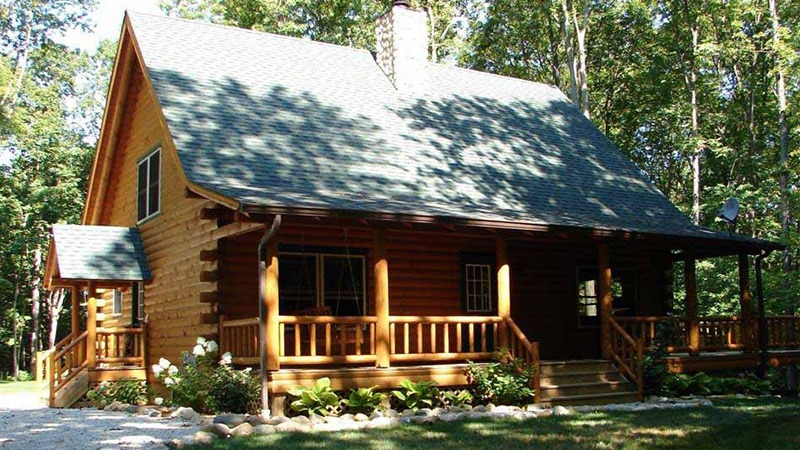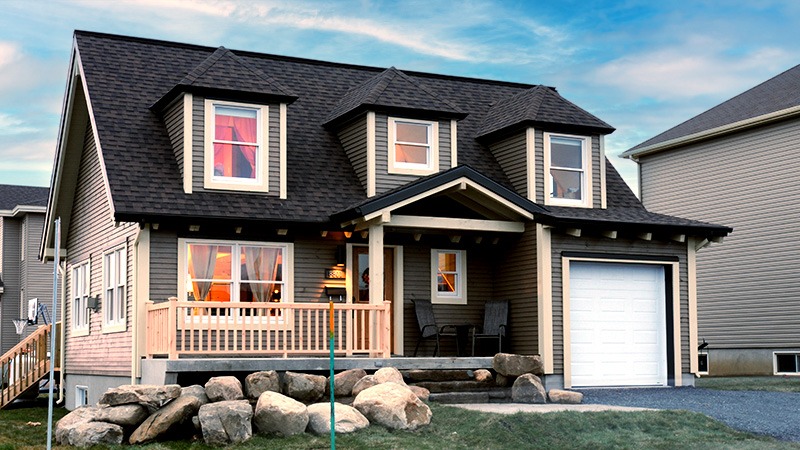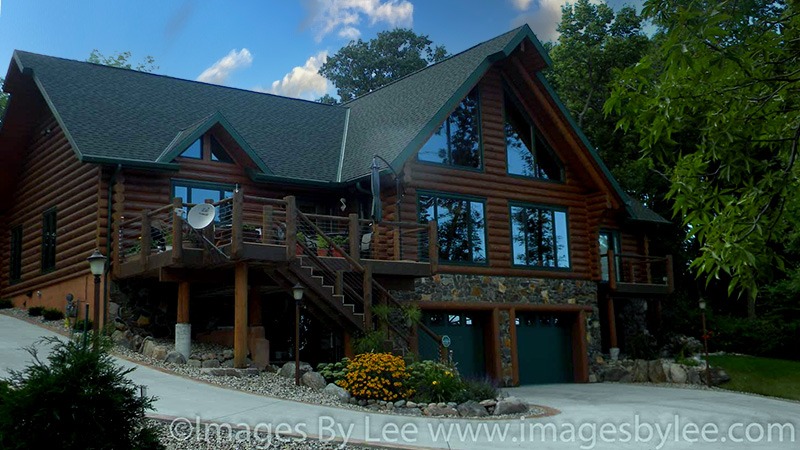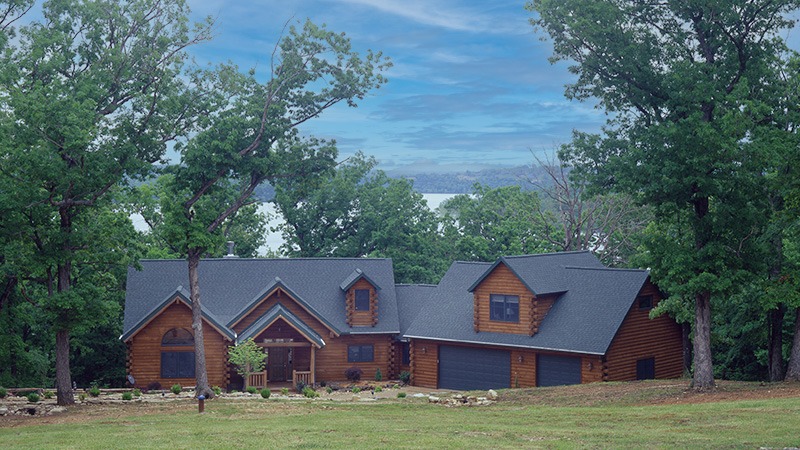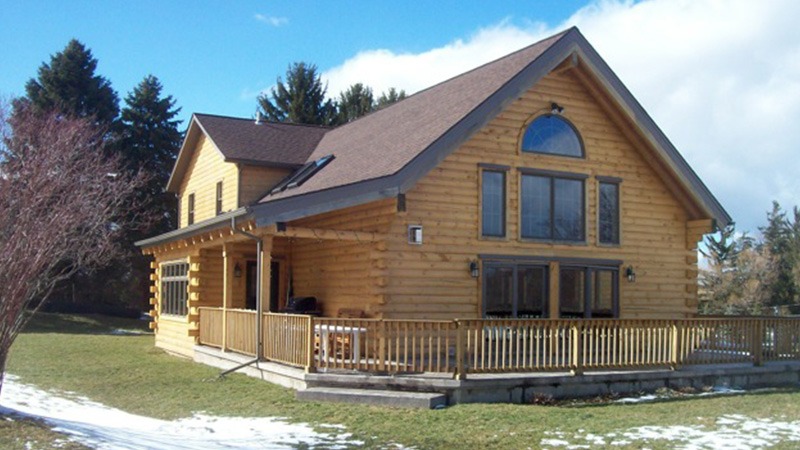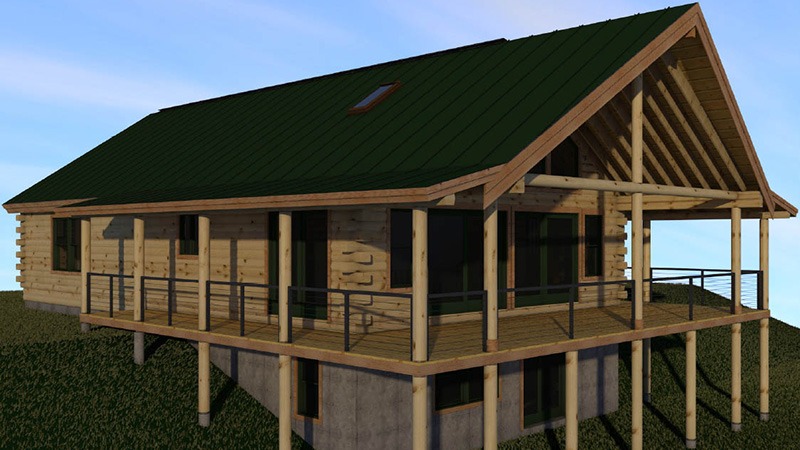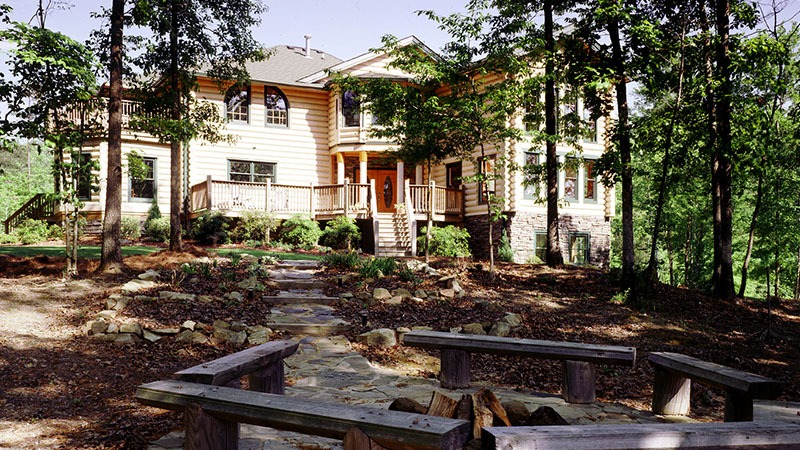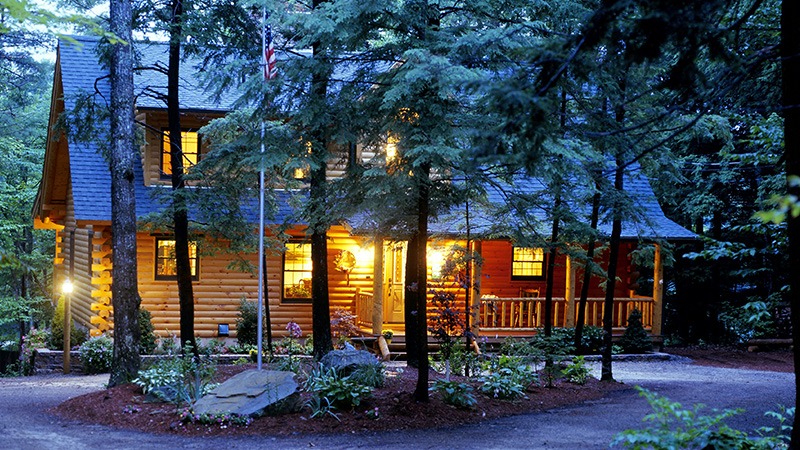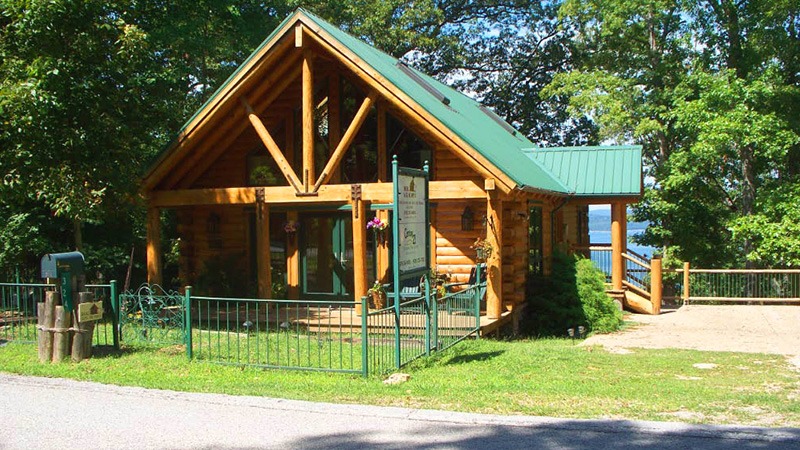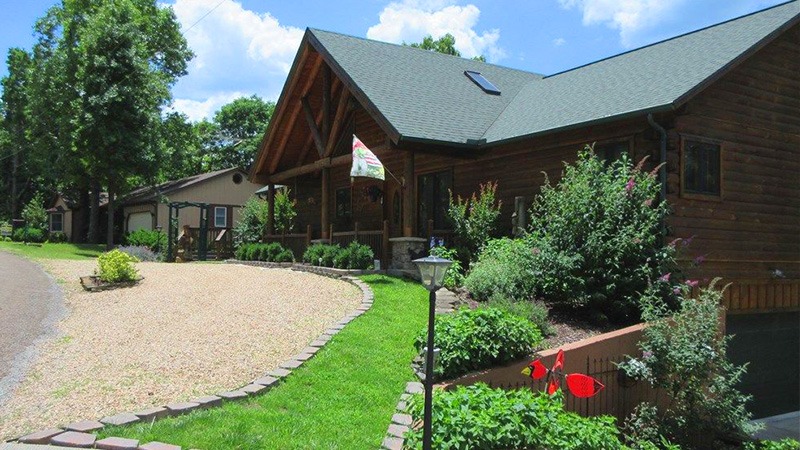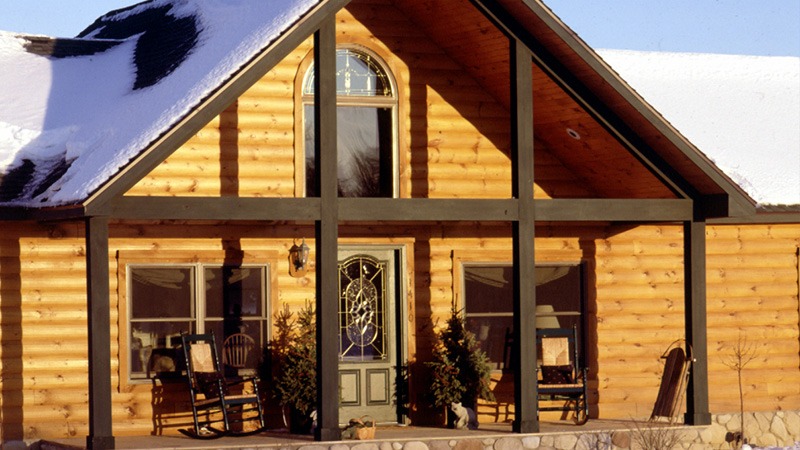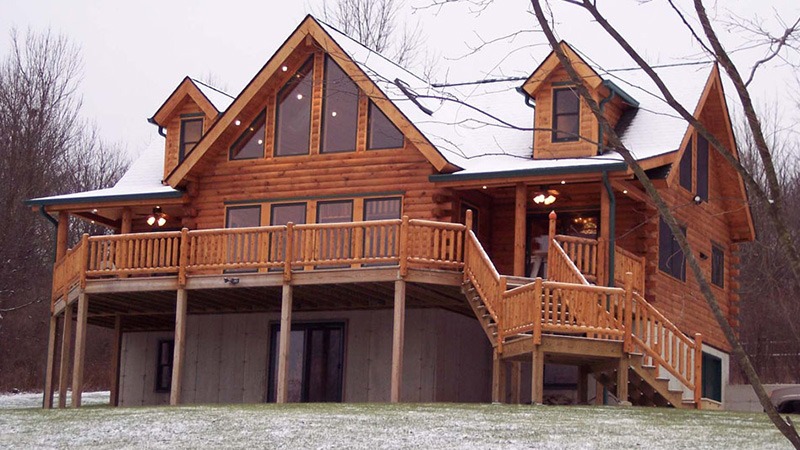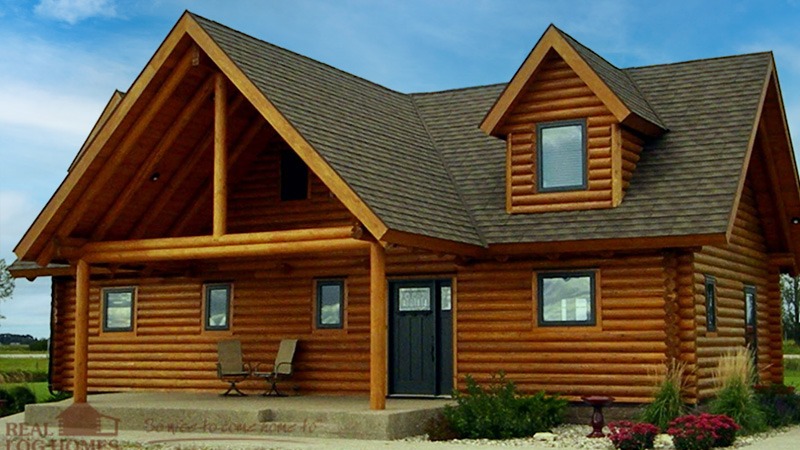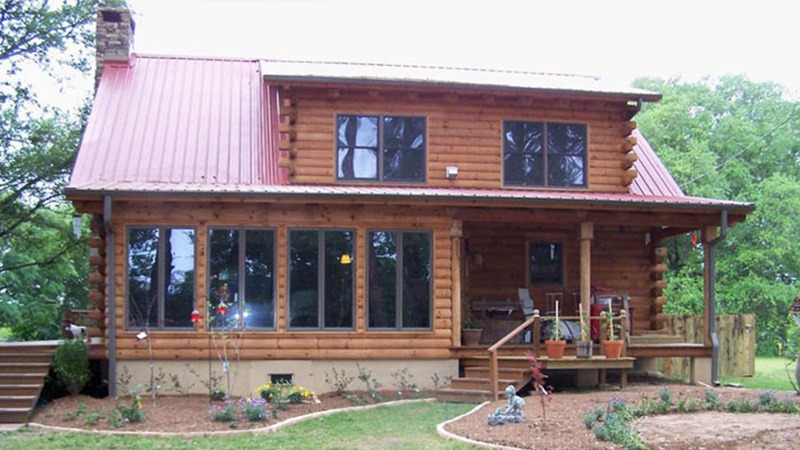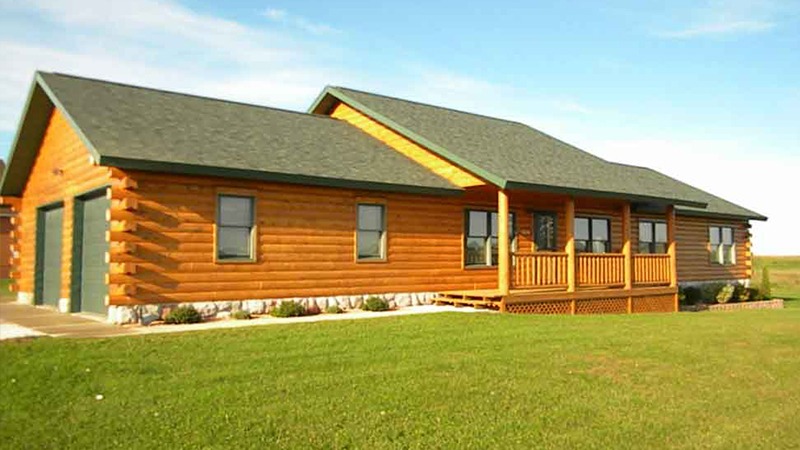In the West, the last few years have been exceptionally dry. As a result, the wildfire season that usually does not begin until the late summer is already upon us. As of this posting, the US Forest Service says that large fires are burning in Arizona, California, Florida, New Mexico, and Oregon, with smaller fires in many other states. If your log home is located in a western area at risk of wildfires, then there are several measures you can take to reduce the risk of damage to your home. You should consult information from your local authorities to find out which measures are required or encouraged where you live, but the following recommendations seem common across the western states. They can be divided into measures for the area immediately adjacent to your home, within 30 feet of the home, and out to 100 feet from the home.
Measures for the immediate area around your log home
One of the most important measures to take for your log home is one we should all do but frequently neglect. It is important to remove flammable material like leaves, needles, and twigs from your roof and also any gutters that you have installed. Flying embers from the fire can ignite these sources and threaten to spread the fire to the house. Since a clean roof also looks better, make a point of cleaning your roof and gutters regularly.
In addition to cleaning the roof, make sure to leave at least a 5 foot perimeter around the house that is free of any combustibles or vegetation. You can landscape around the house but keeping it outside of this 5 foot buffer will help prevent any fires from spreading to the house. (This makes re-applying stain or finish to your logs easier as well.)
Measures within 30 feet around your log home

Within 30 feet you are freer with your landscaping decisions, but some measures are necessary to protect your structures. Any firewood or other flammable scrap must be stored outside of this 30 foot zone. Additionally, it is best to remove all coniferous trees within this zone. Deciduous trees tend to be harder to ignite and can usually be left in this zone, as long as the crowns are more than 10 feet apart and they do not have branches hanging over structures. Grass rapidly advances a wildfire, but it burns much cooler than trees do; if local regulations allow grass in this zone, it should be kept as short as possible and always shorter than 6 inches.
Measures within 100 feet of your log home

In the zone from 30 to 100 feet from your home, you need to manage the vegetation, but can transition back towards the natural environment. You can have coniferous trees in this zone, but they should only be in stands of up to three trees with at least 30 feet between stands. These trees should be pruned of all limbs below 10 feet (or a third of the height, whichever is less) and shorter trees removed so that the fire is less likely to spread into the trees. If your log home is located on steep slopes, then the size of each zone should be expanded on the downhill side.
We hope these tips help keep you, your family, and your log home safe this fire season. After all, a log home is a great investment worth expending a bit of extra care to protect. If you have questions about any of the homes featured here, please call Real Log Homes today or fill out the form below for more information.
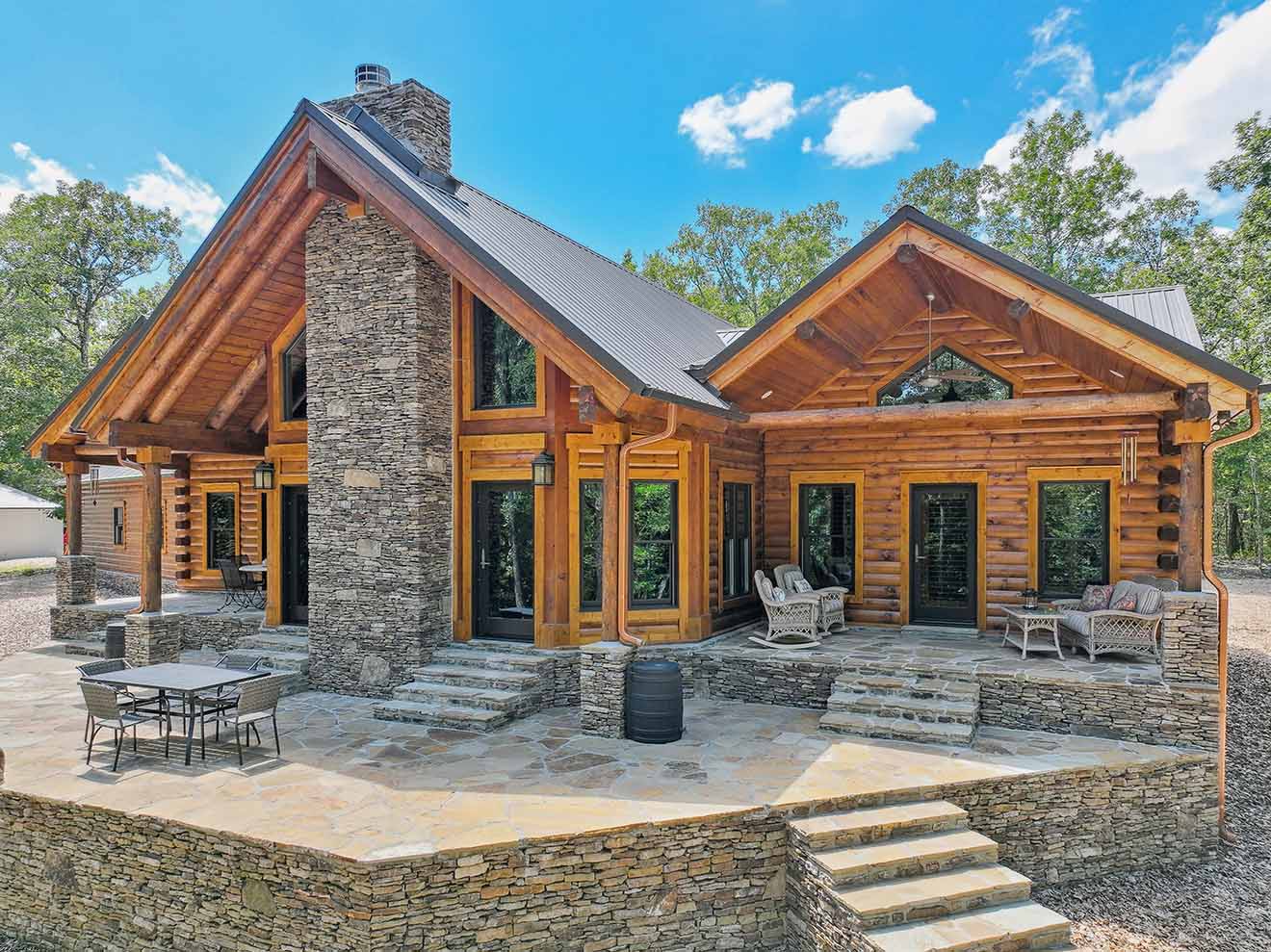
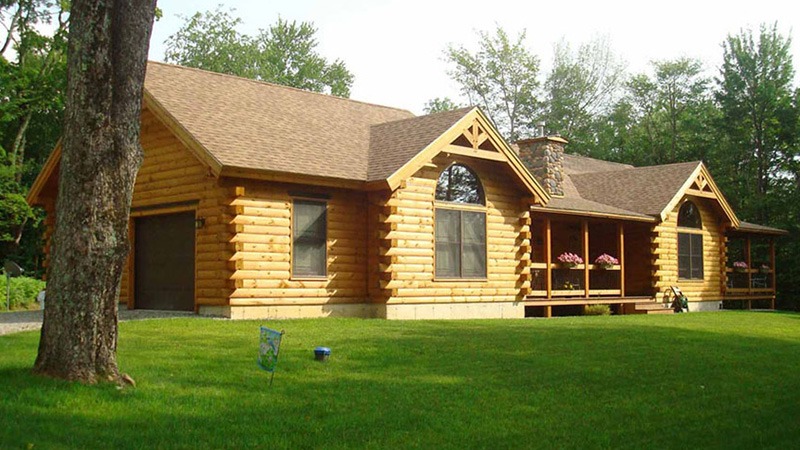
![[KAB-IN] Vermont - Renovated 1972 Real Log Homes Rental Cabin](https://realloghomes.com/wp-content/uploads/2019/03/Cavendish-KAB-IN-Woodstock-VT-51.jpg)
